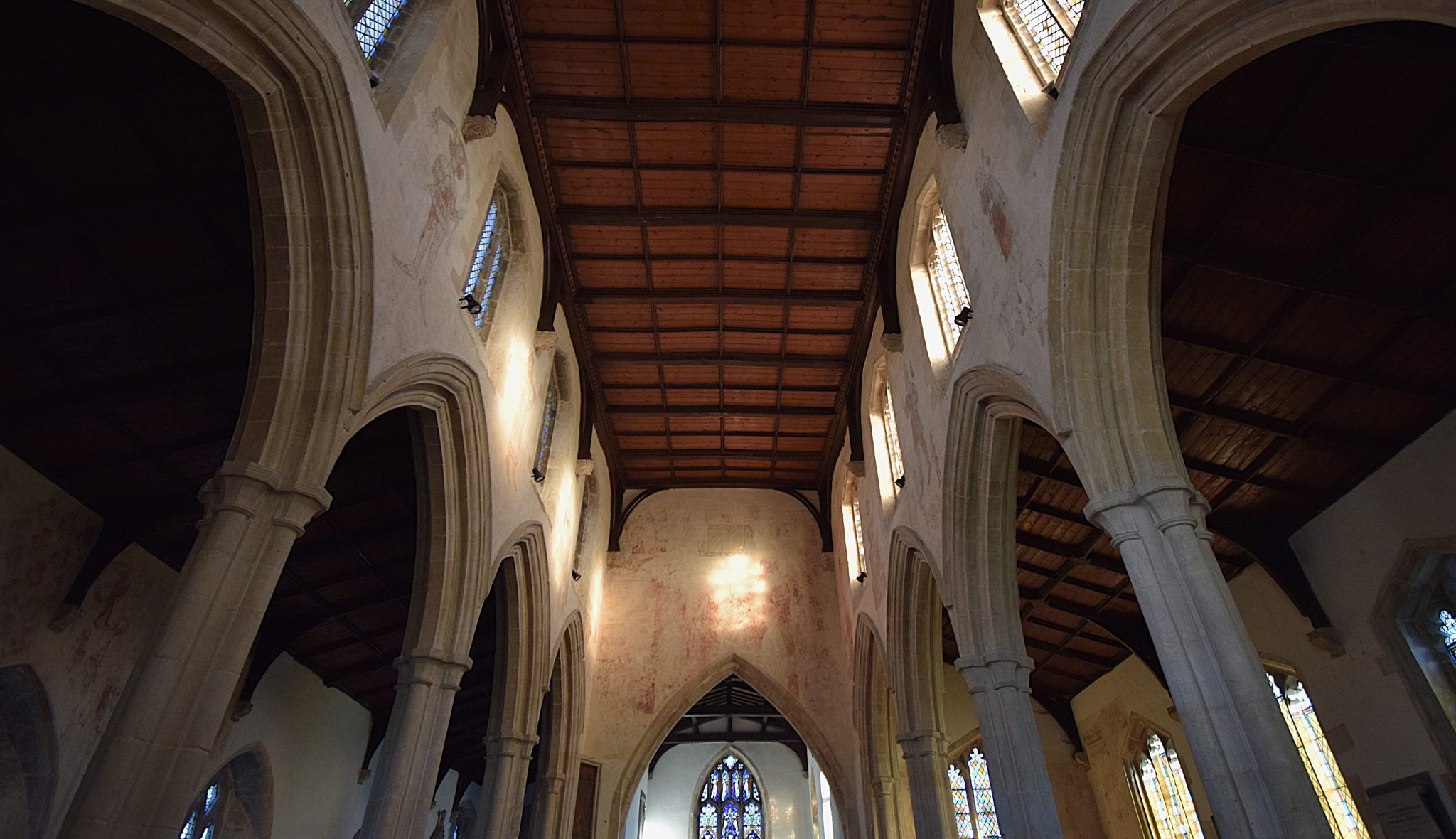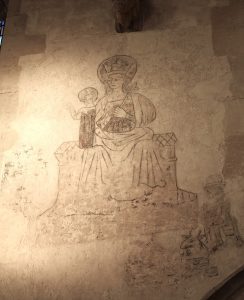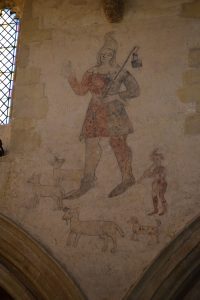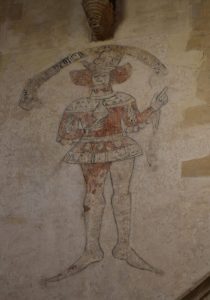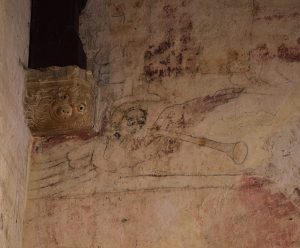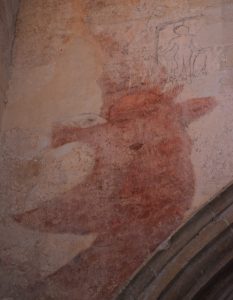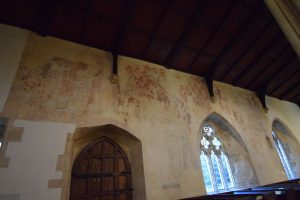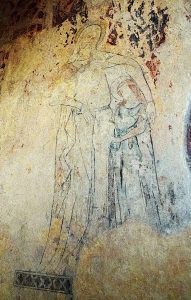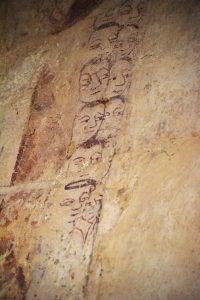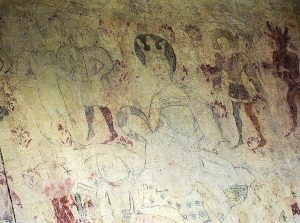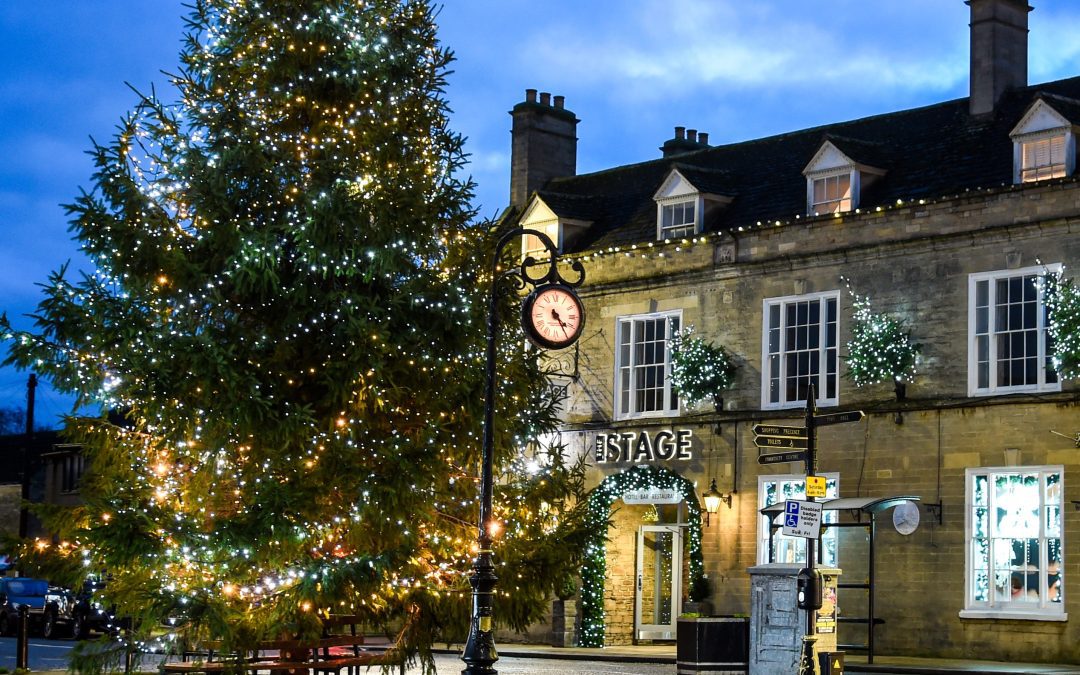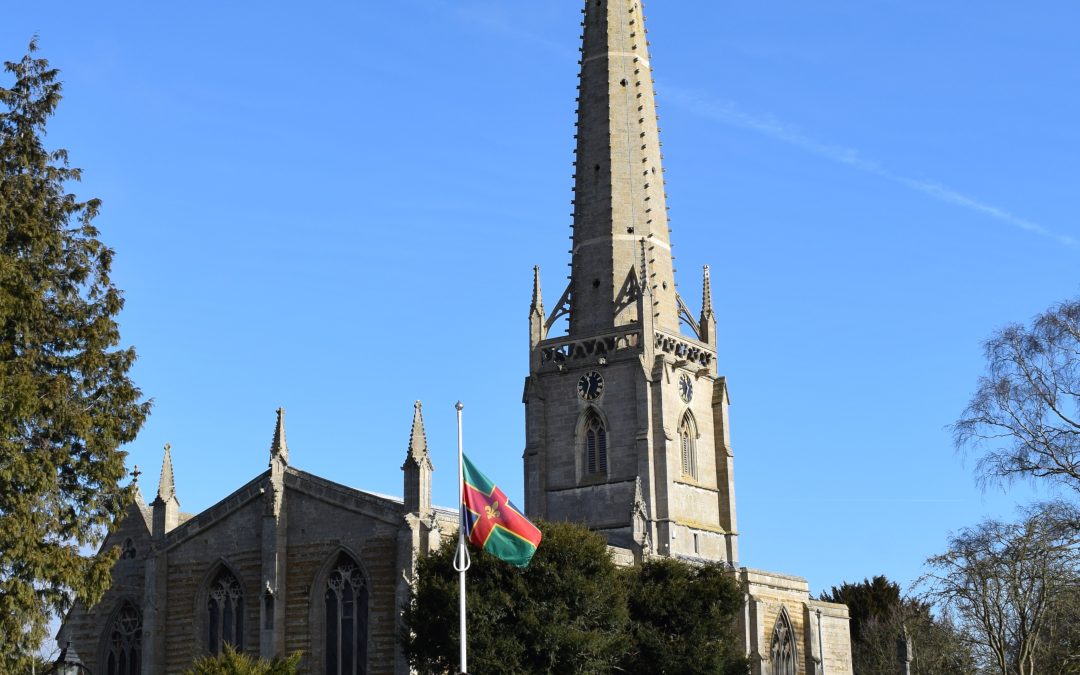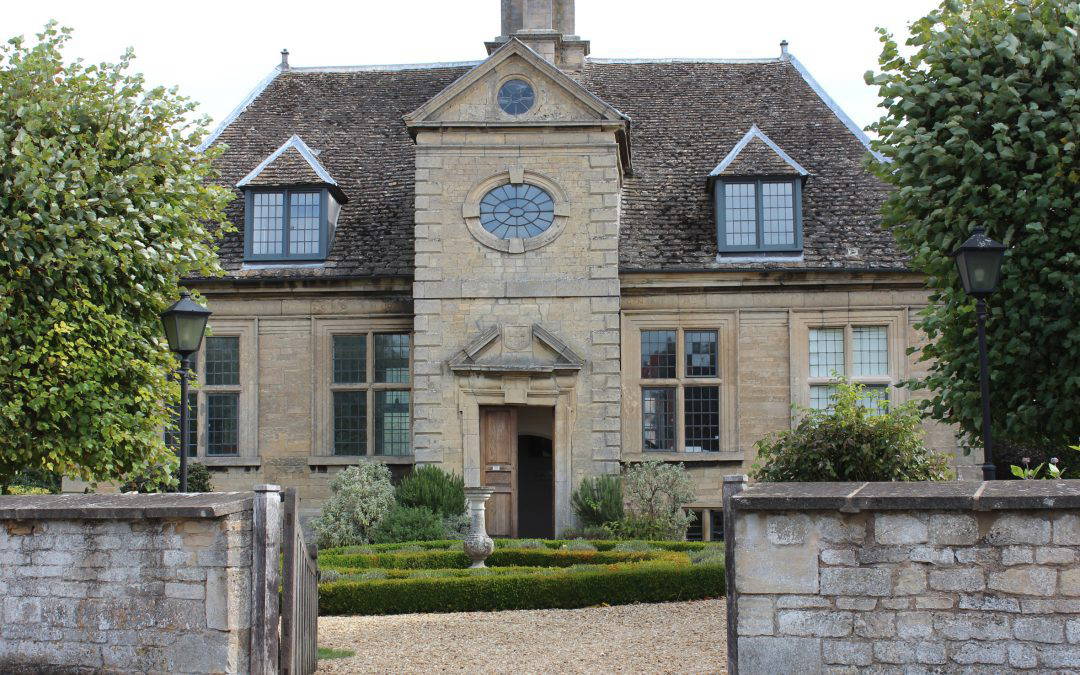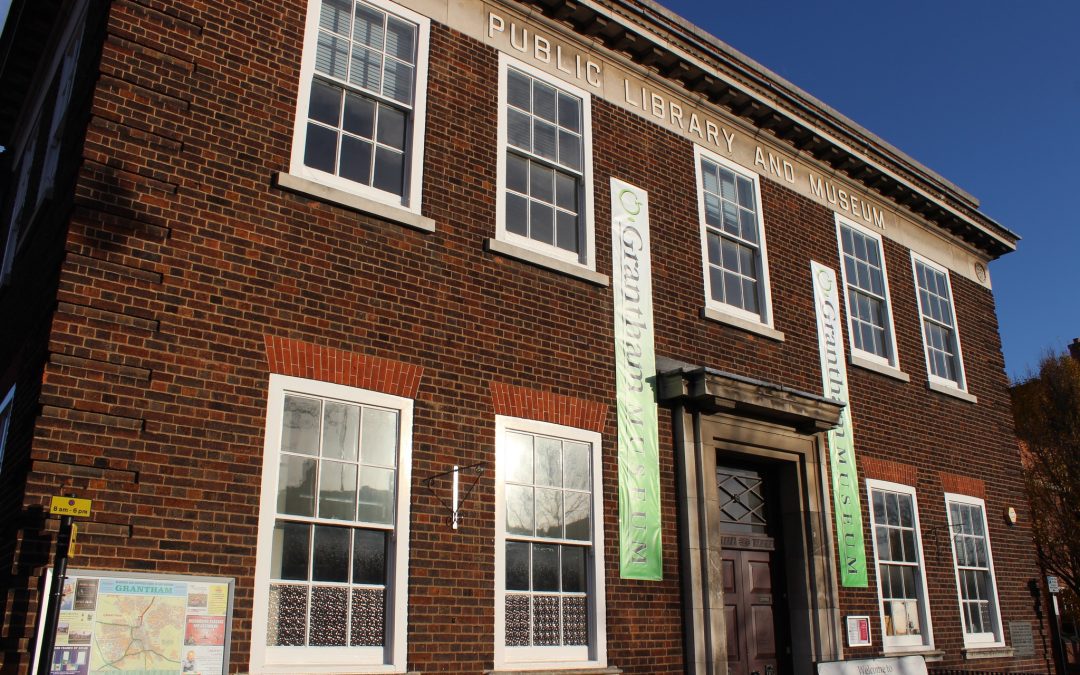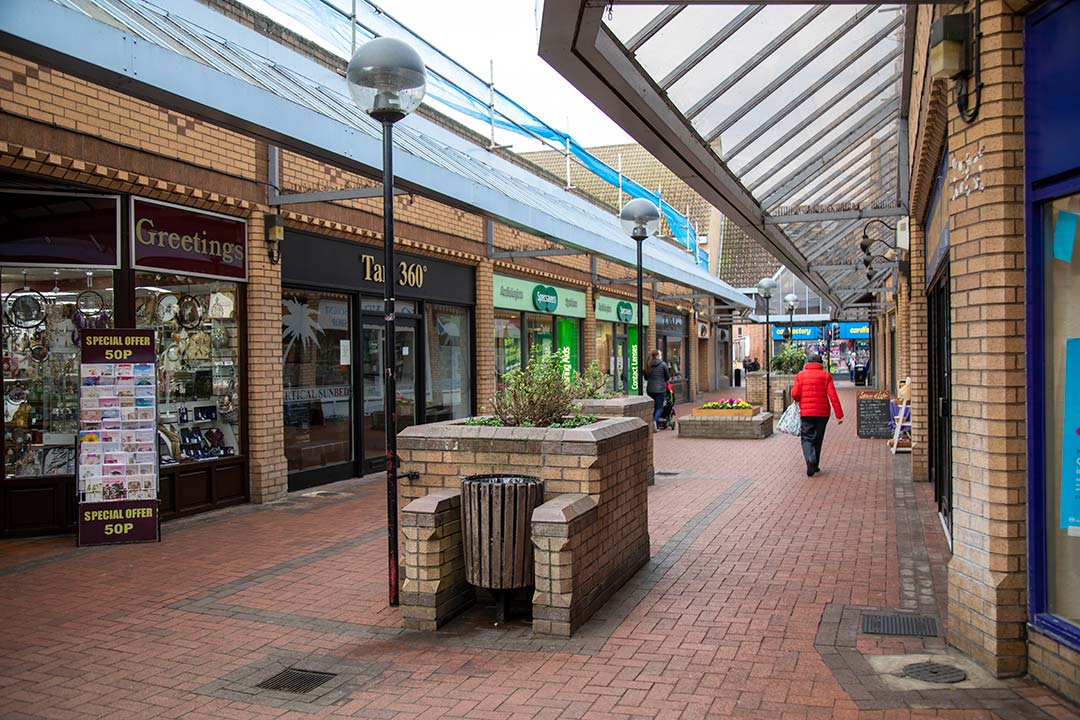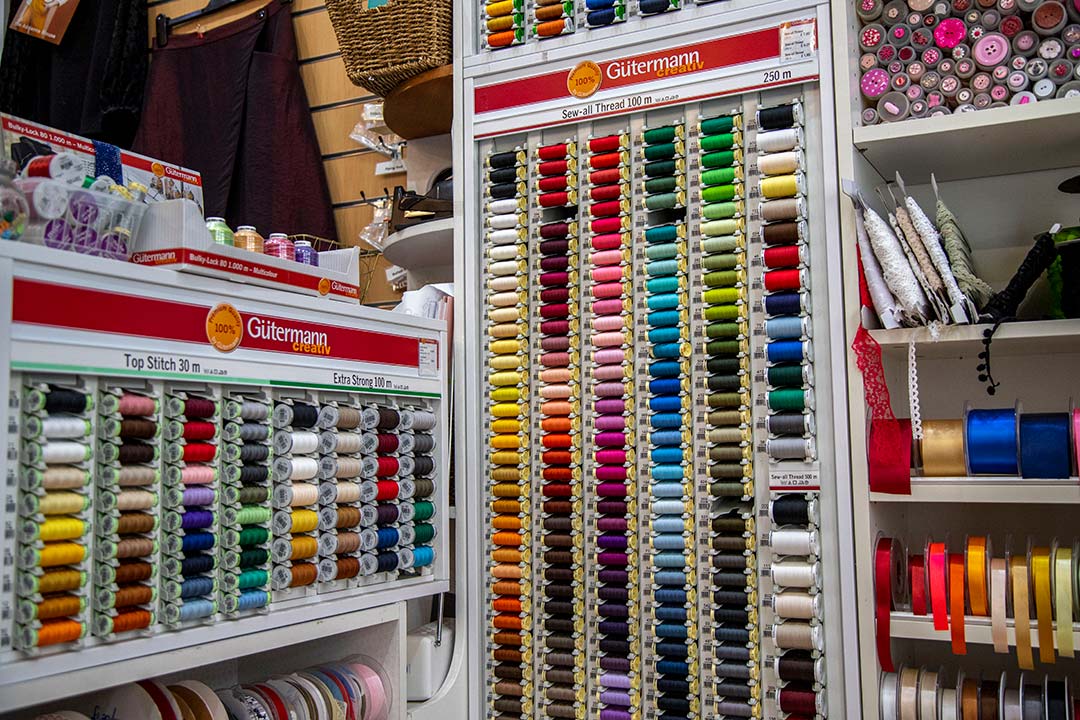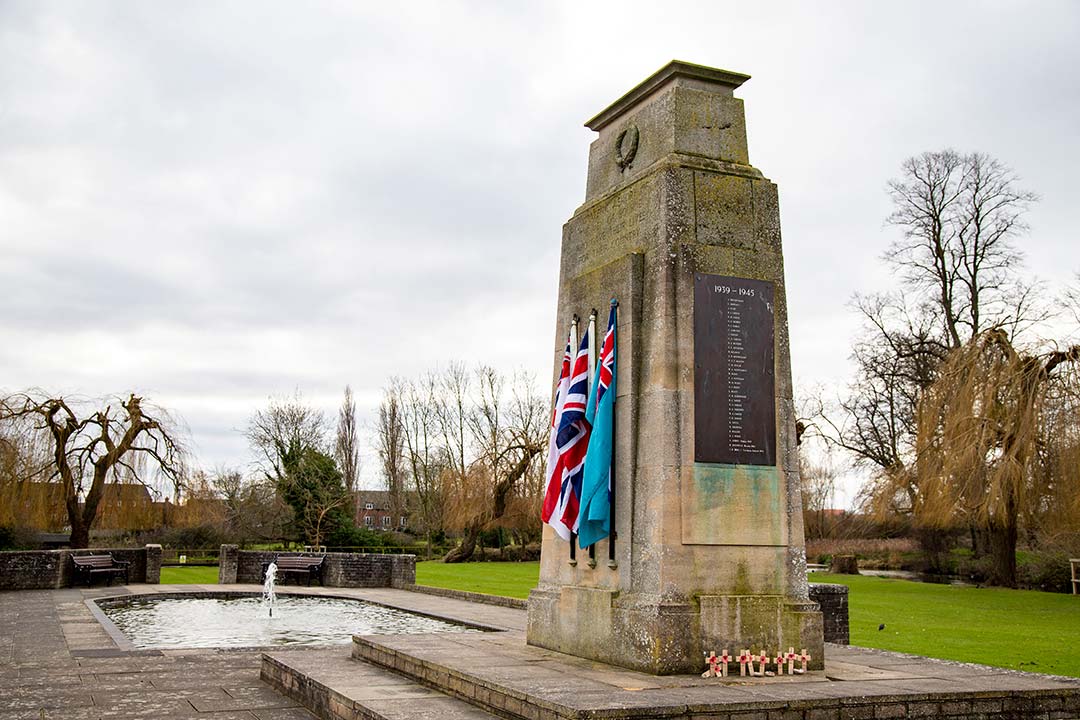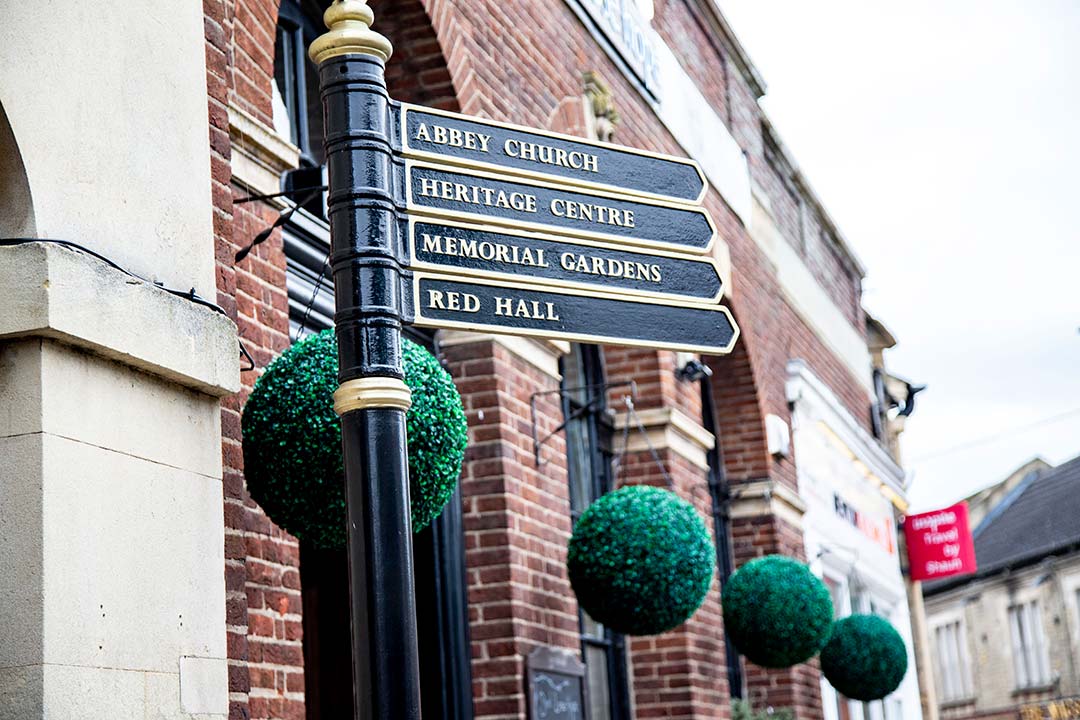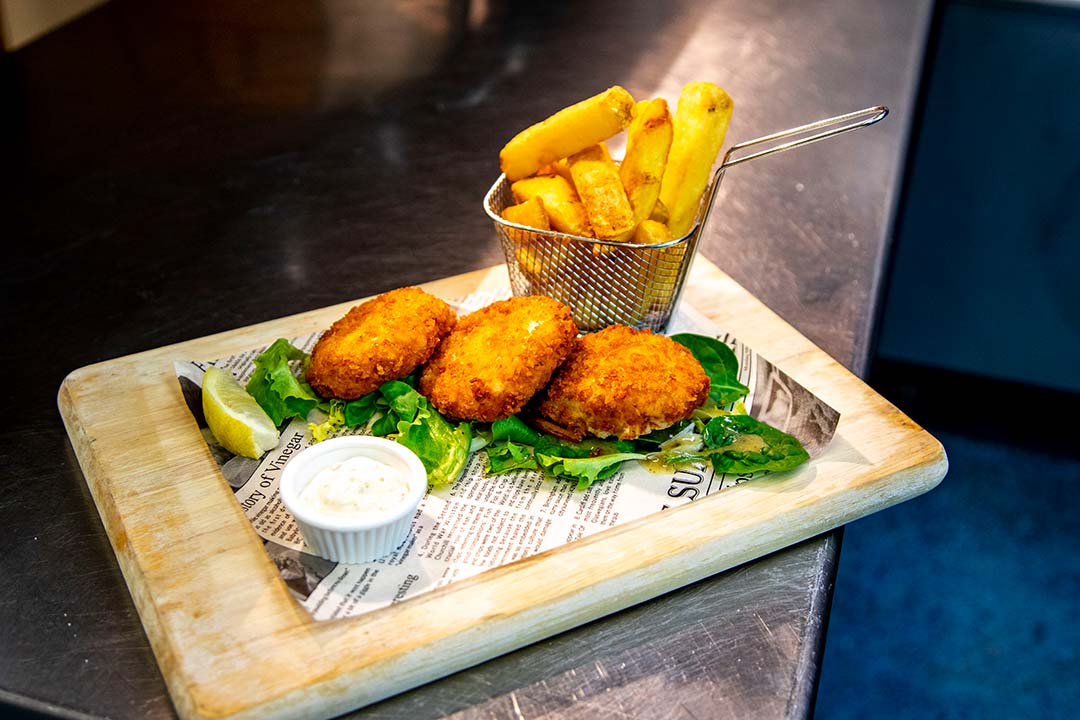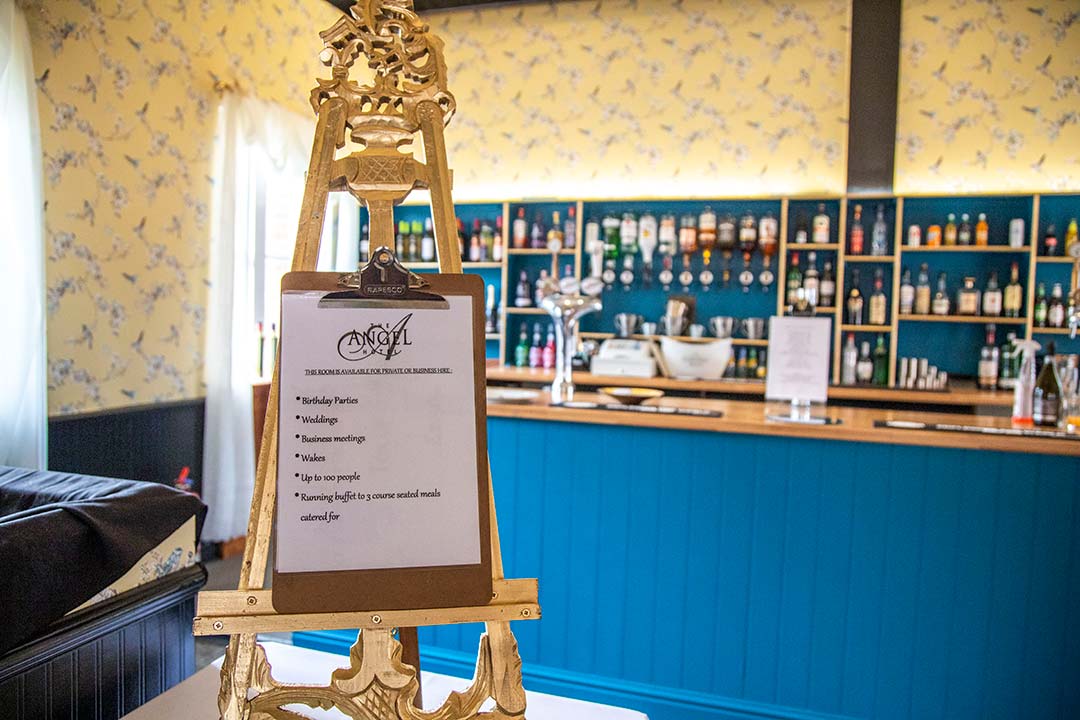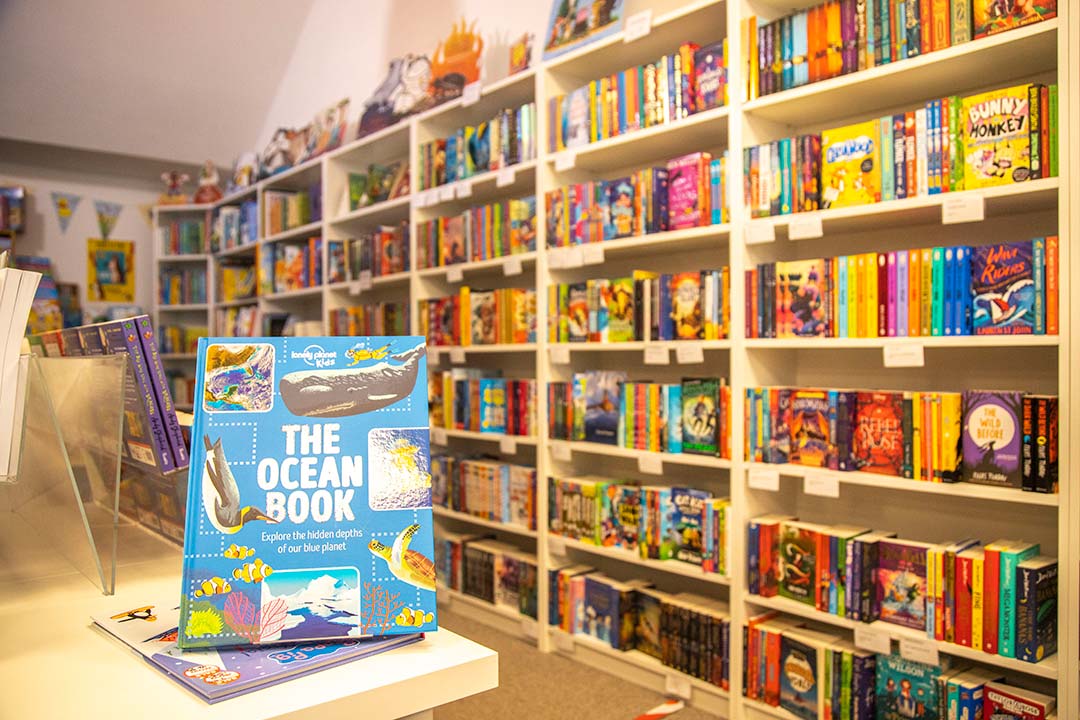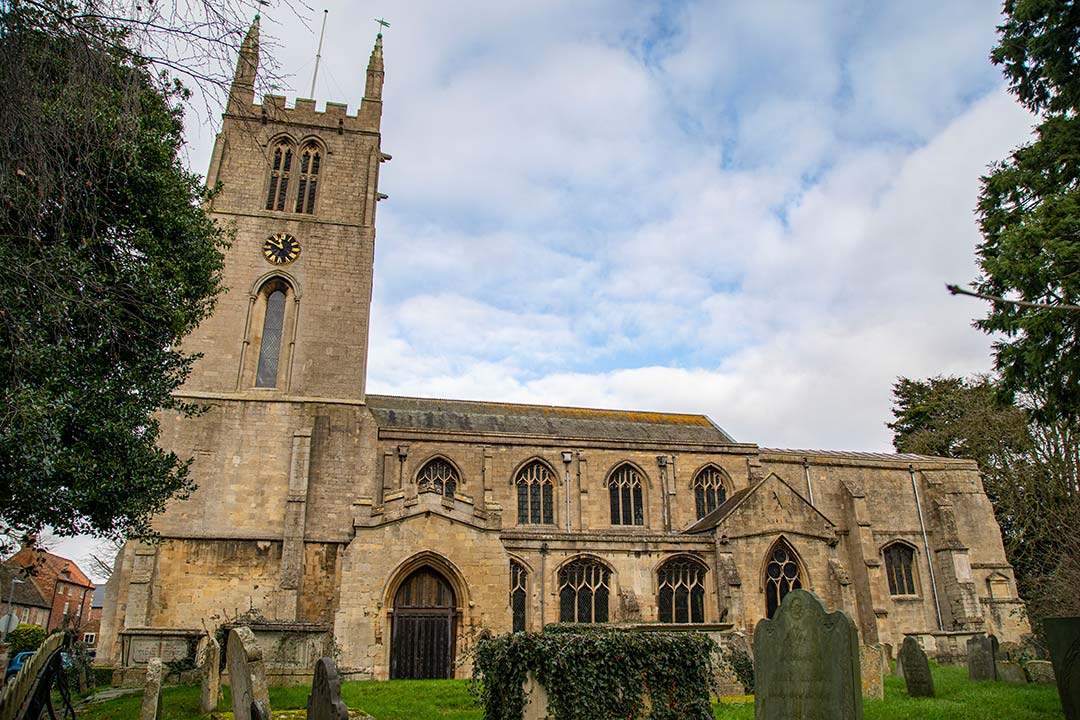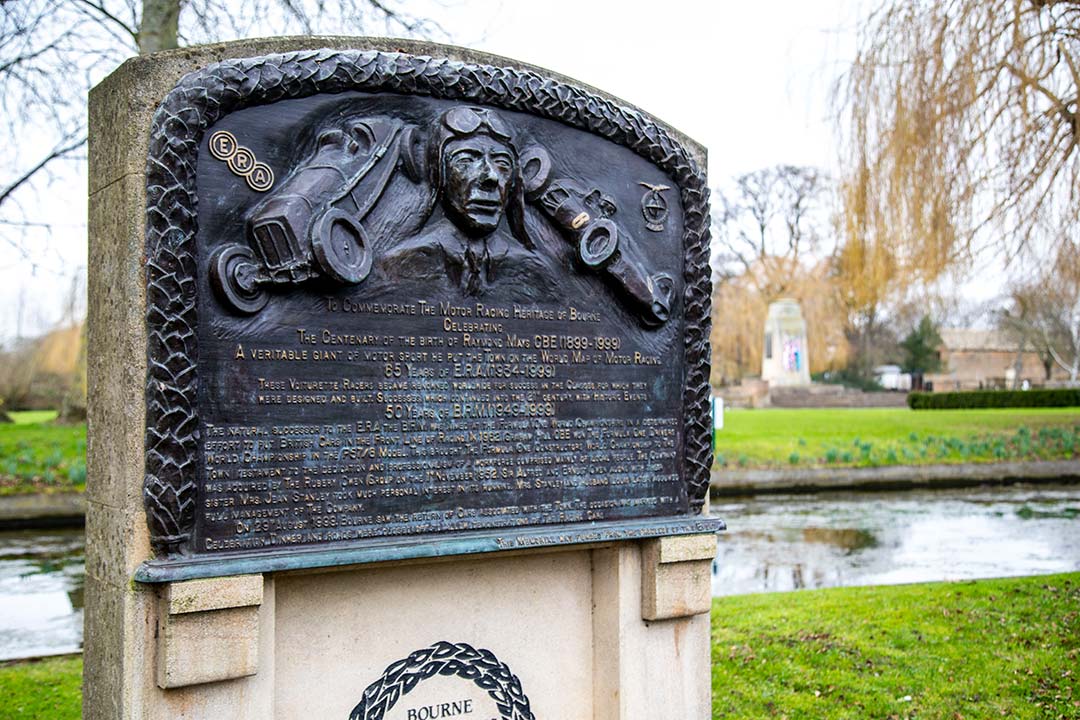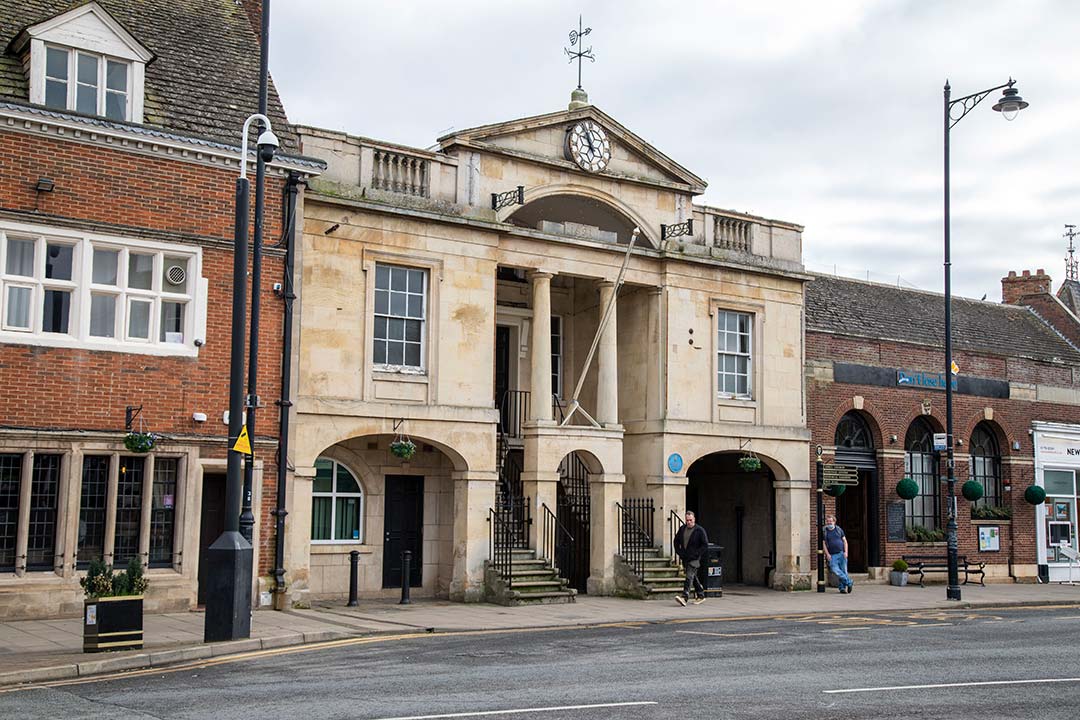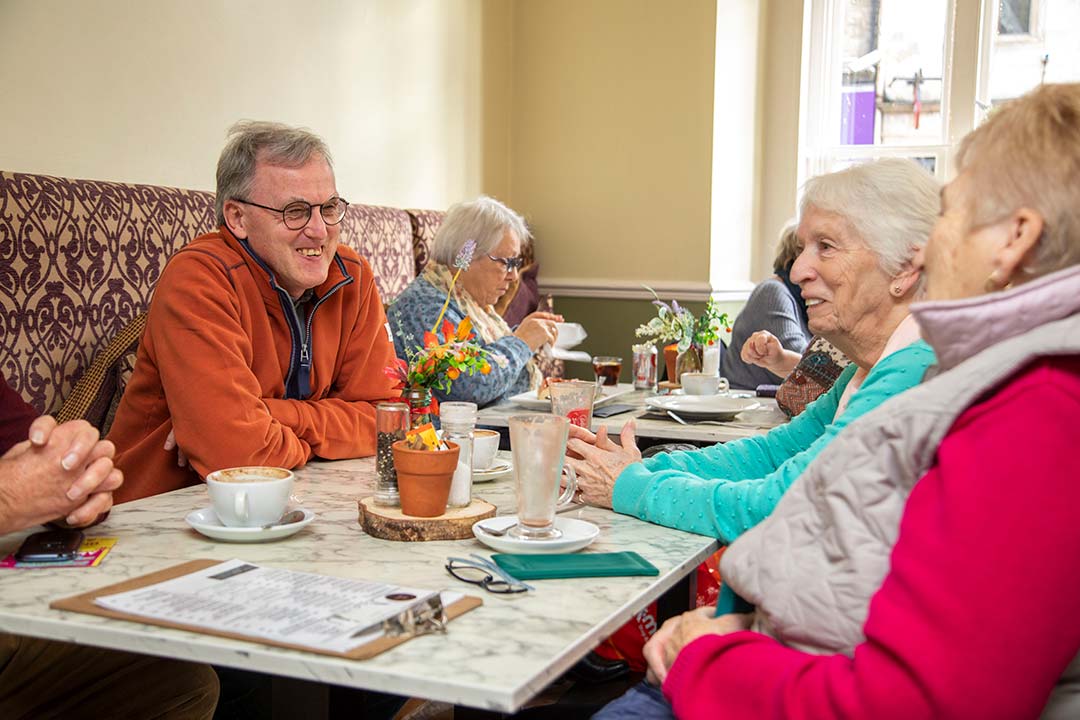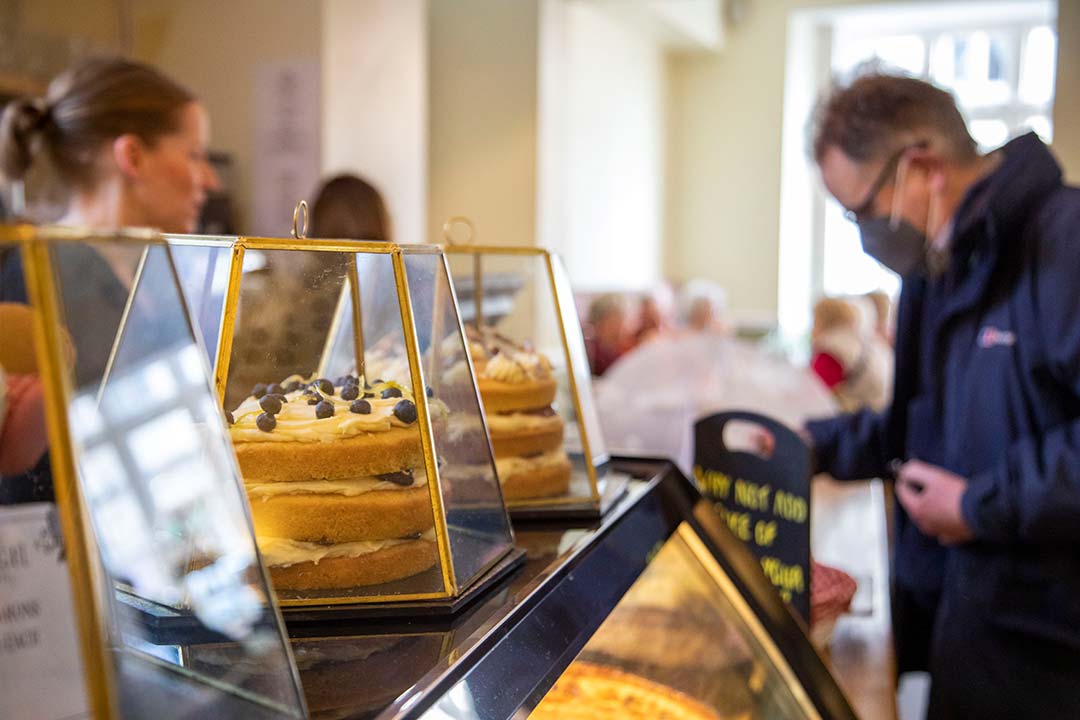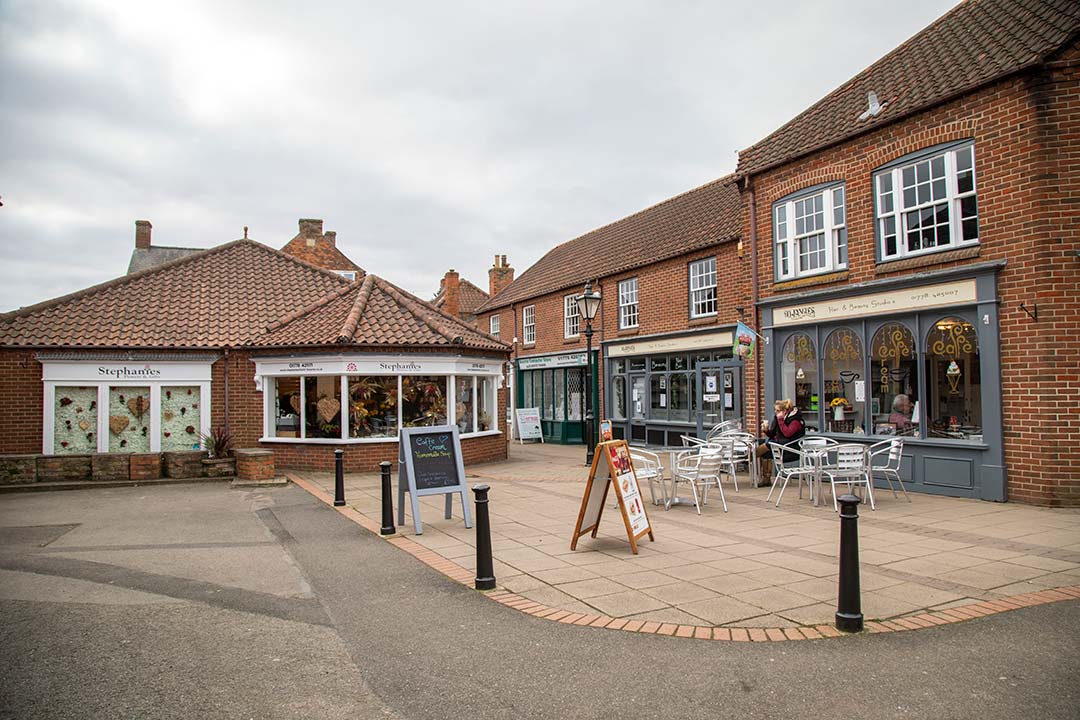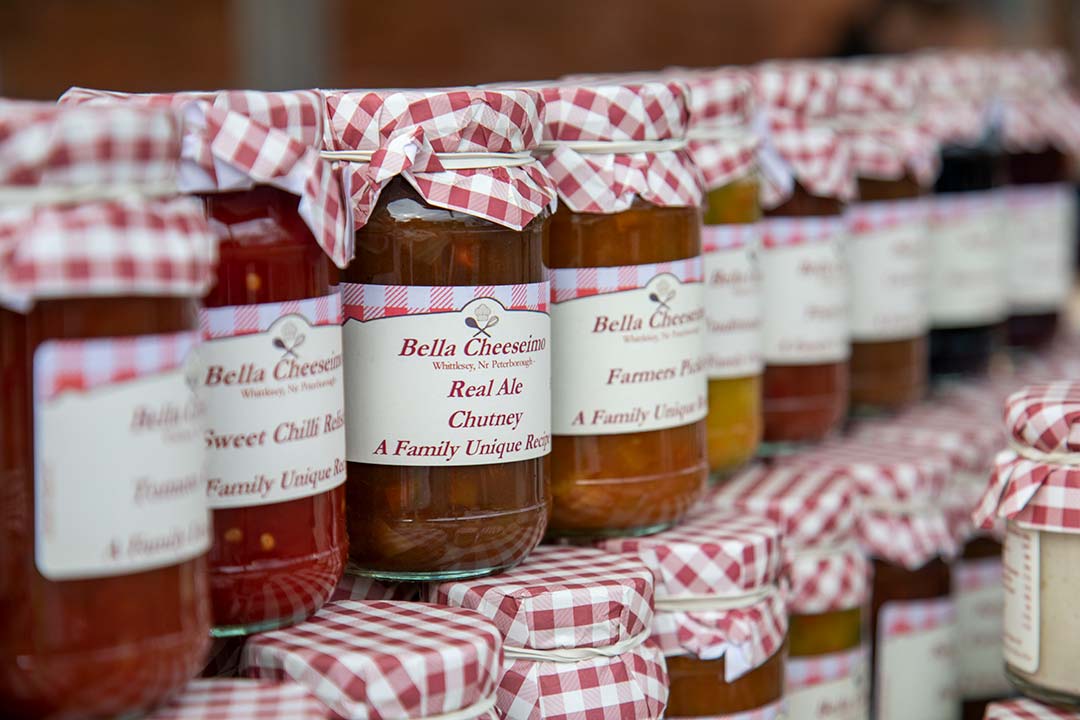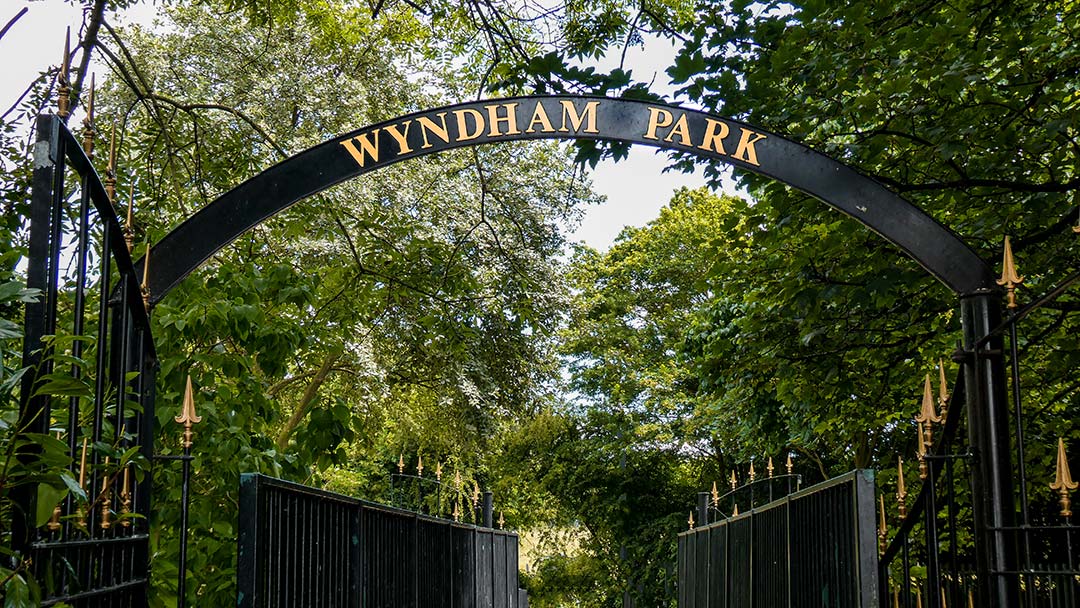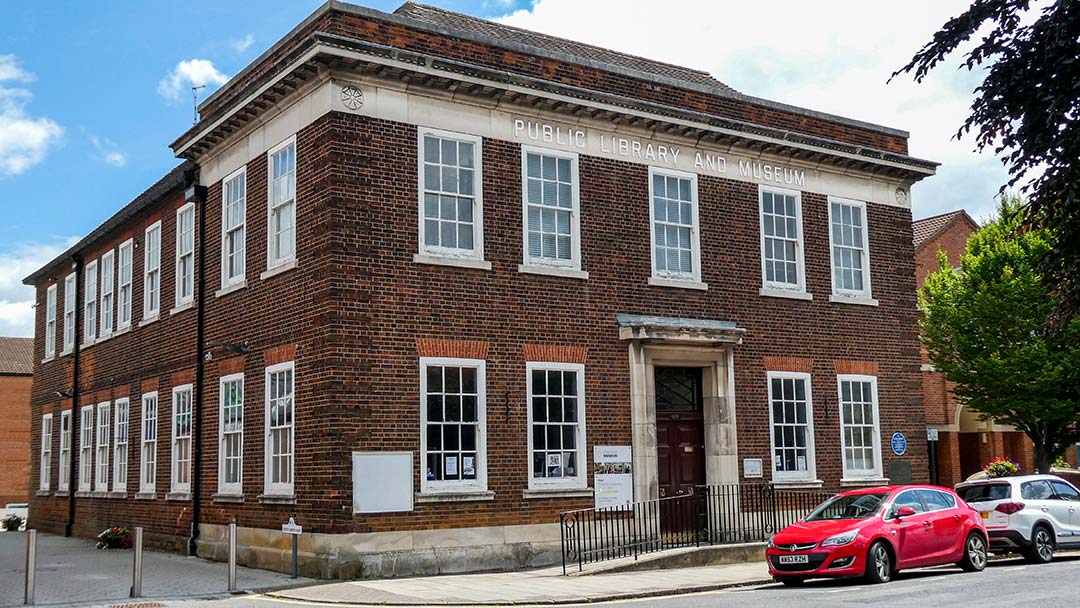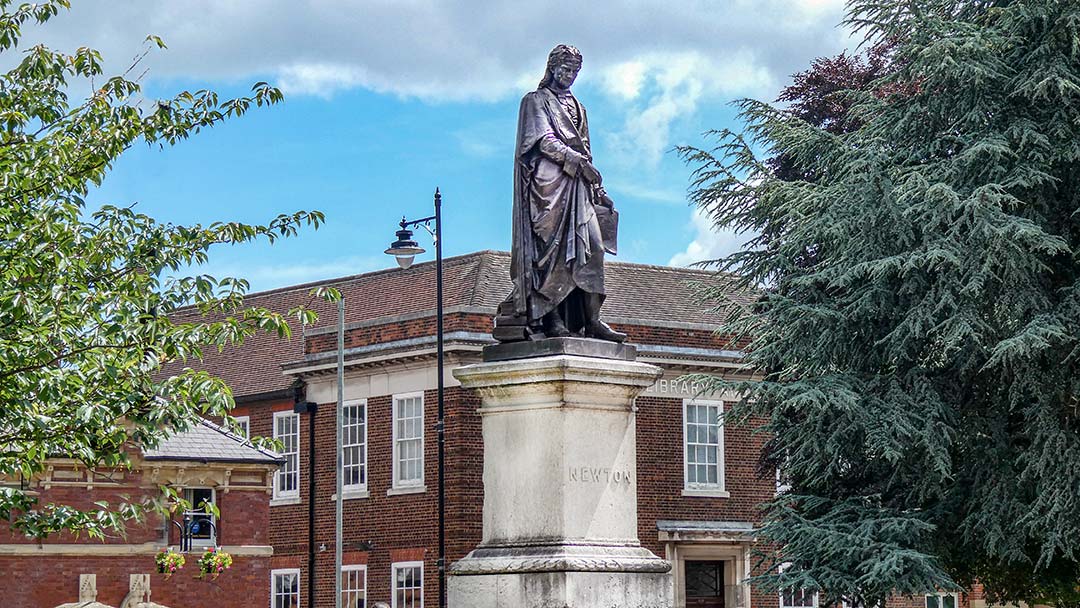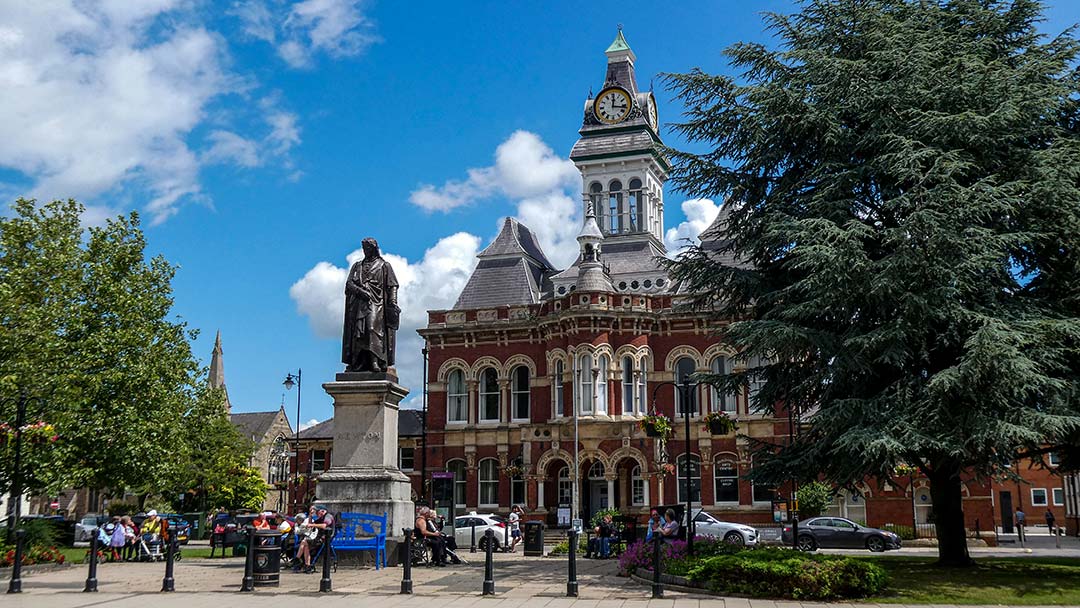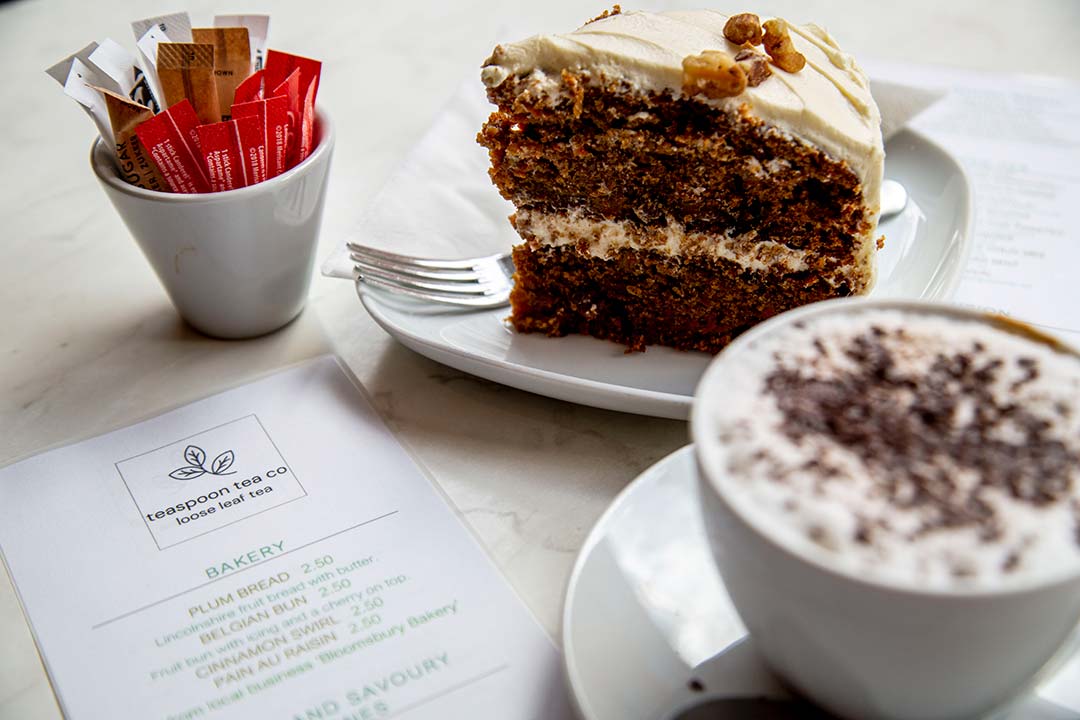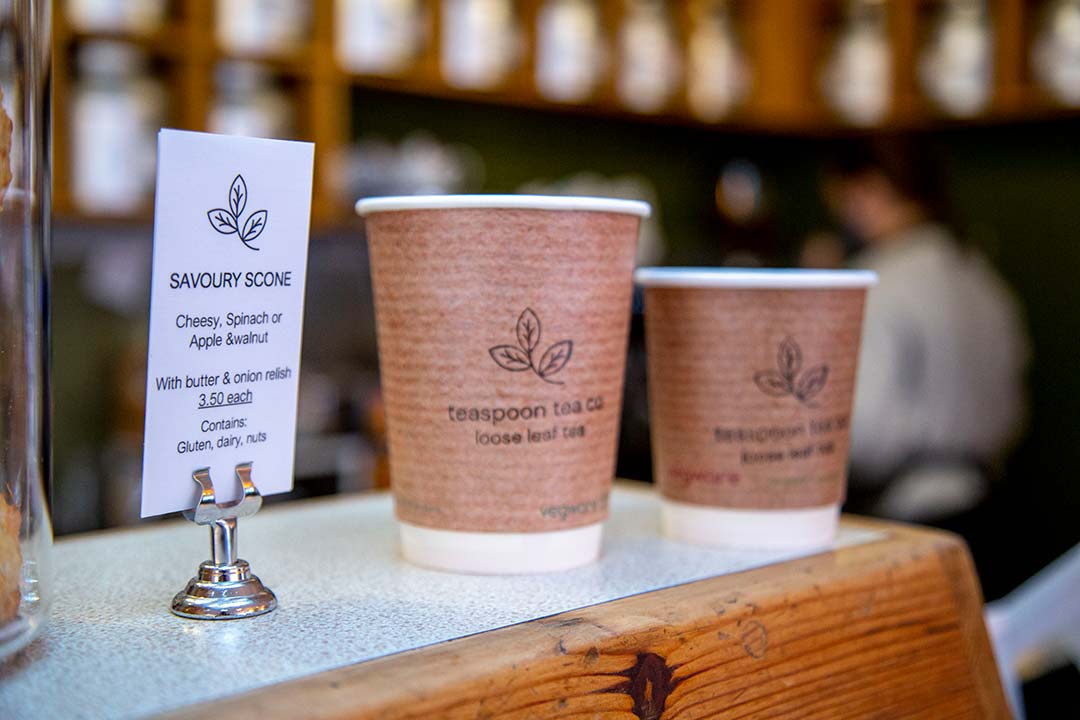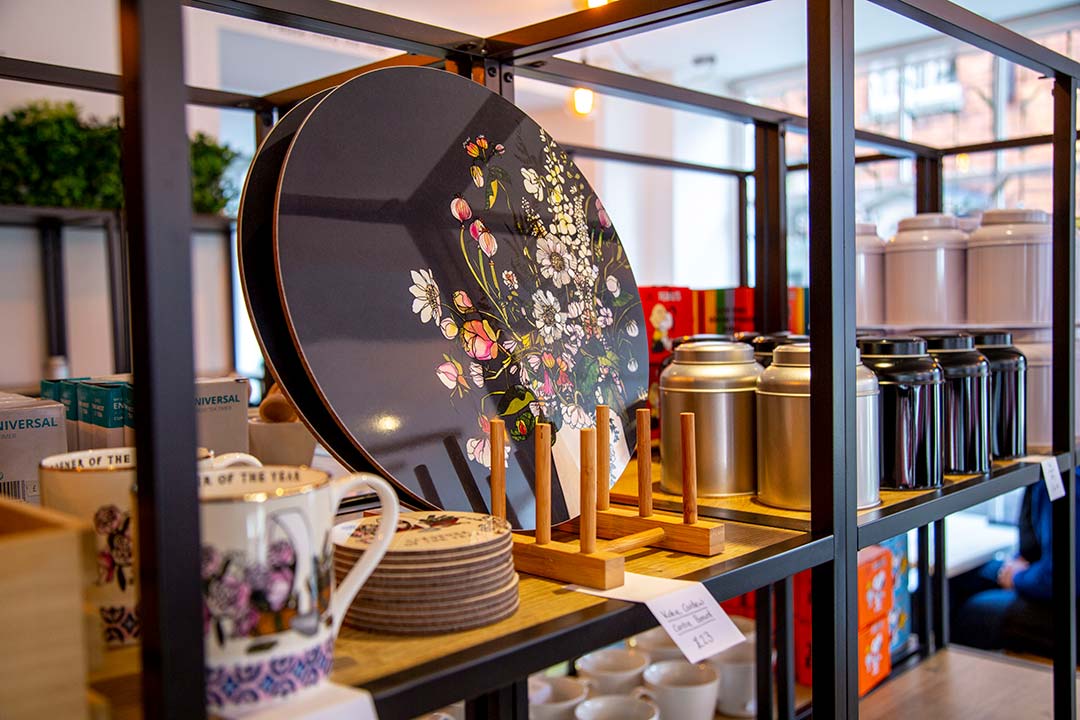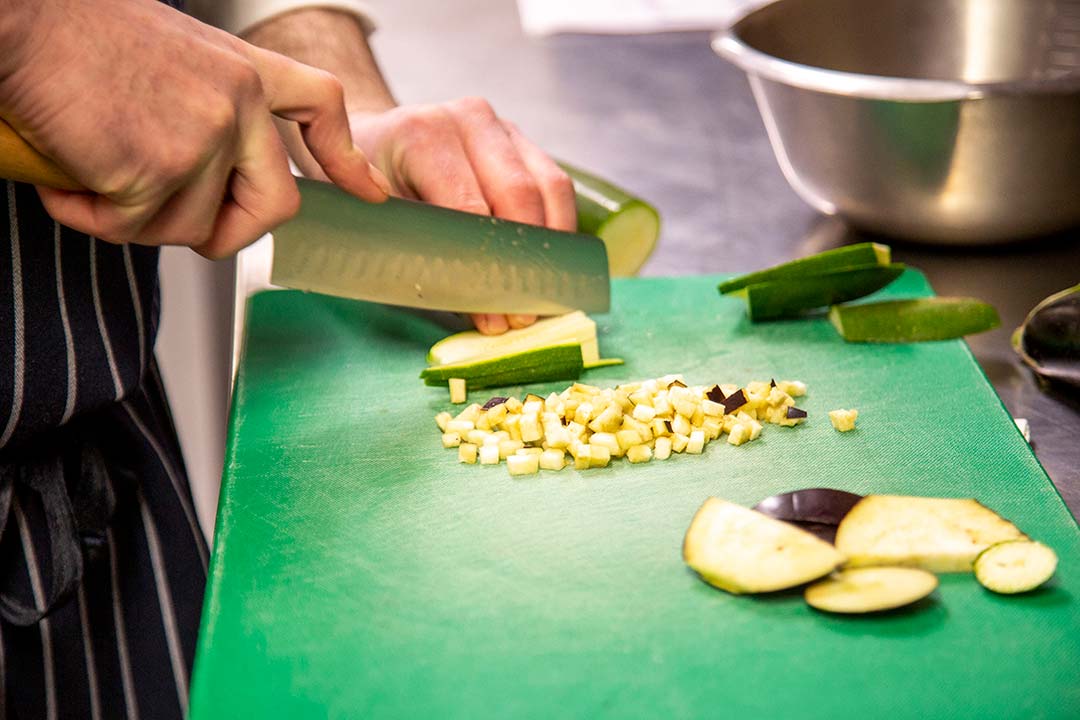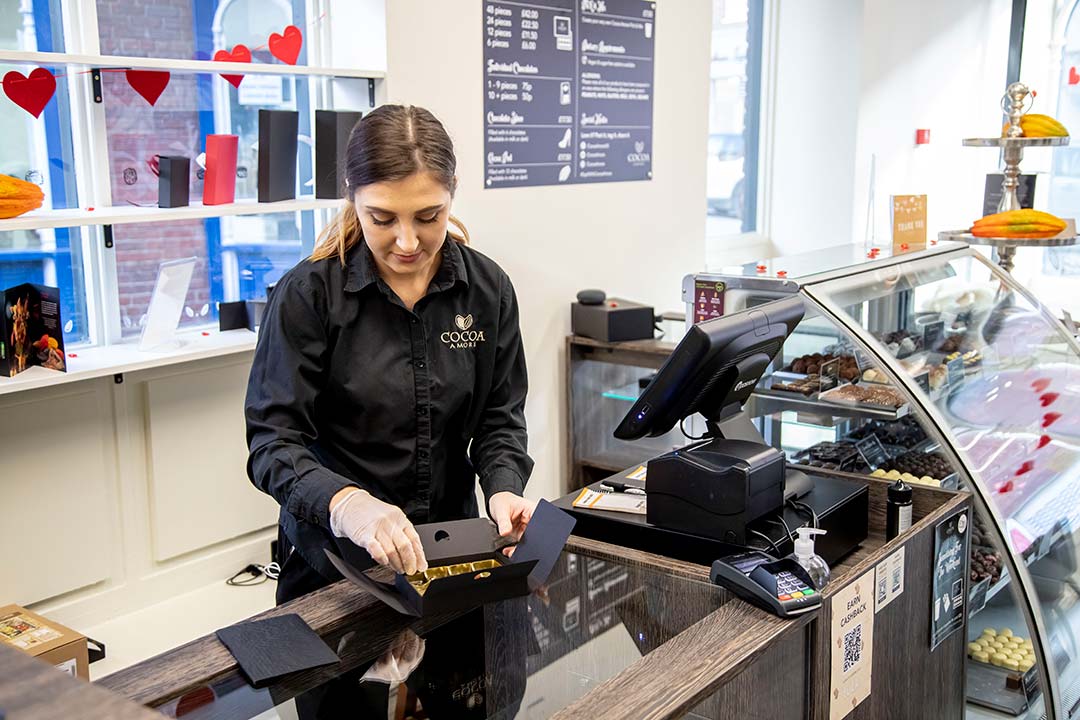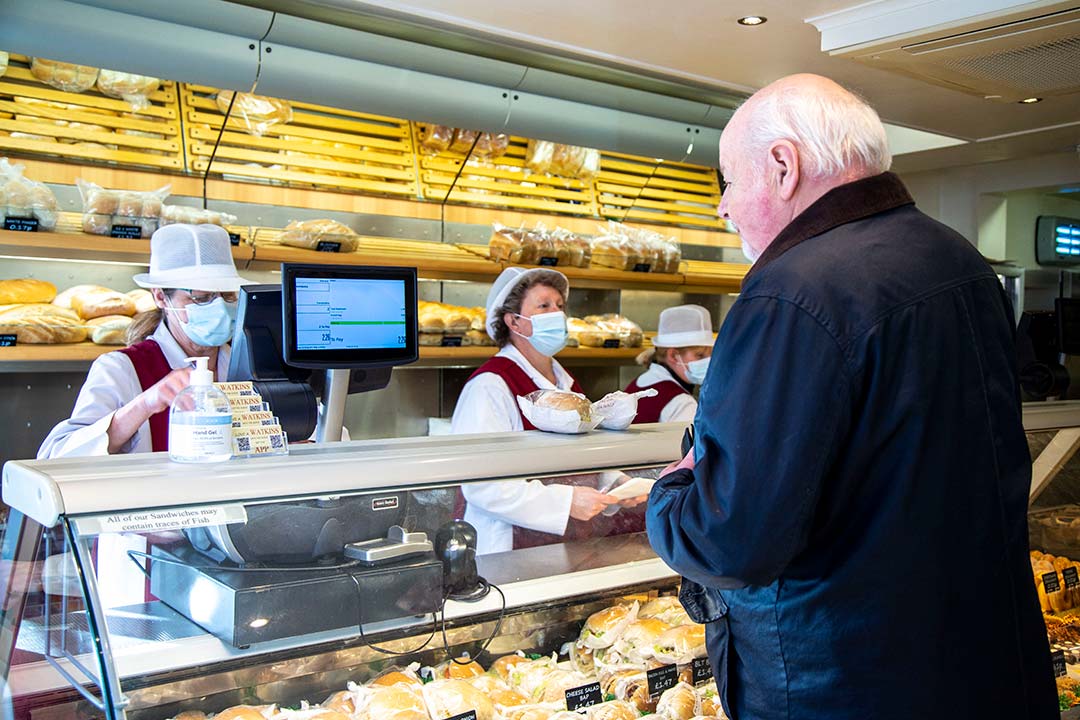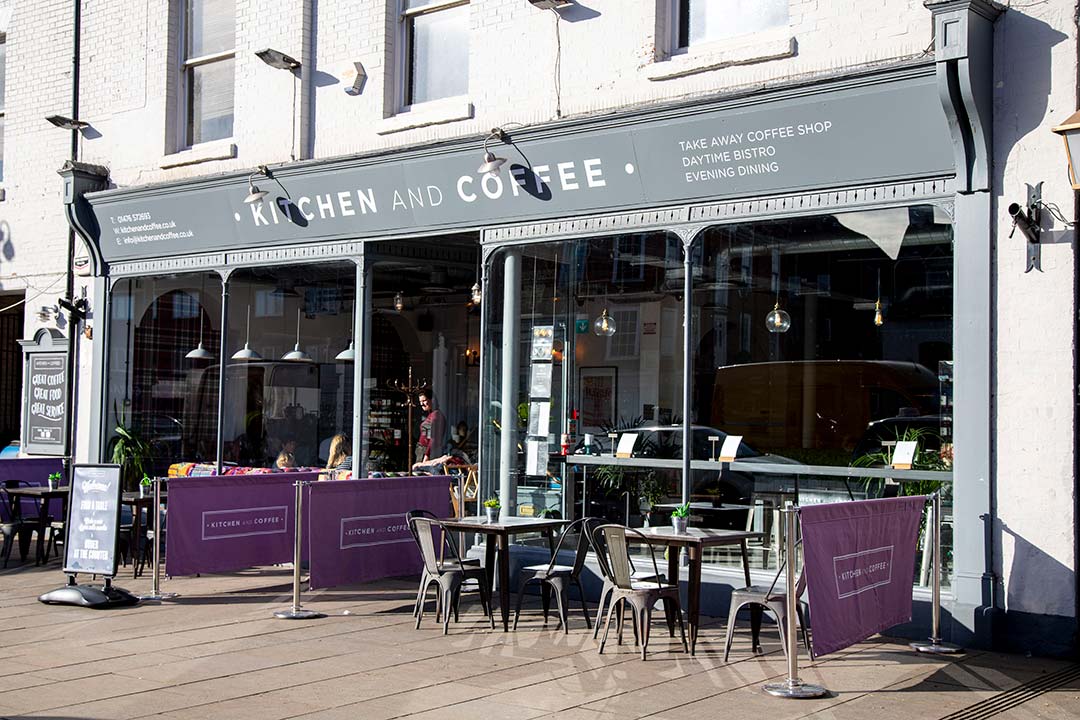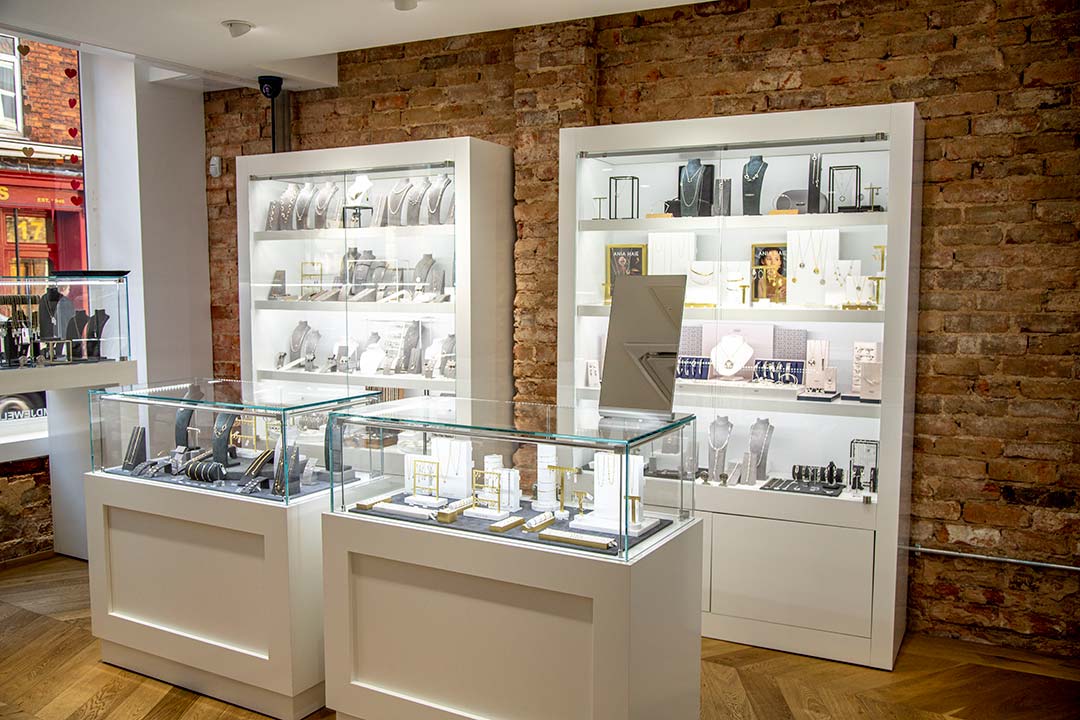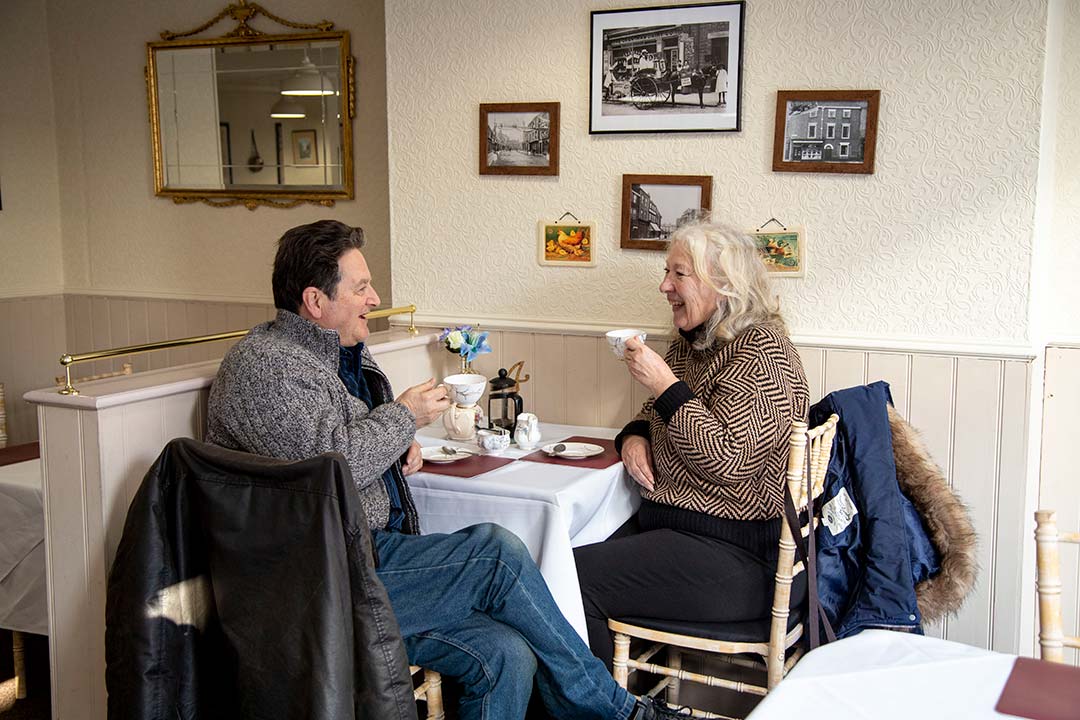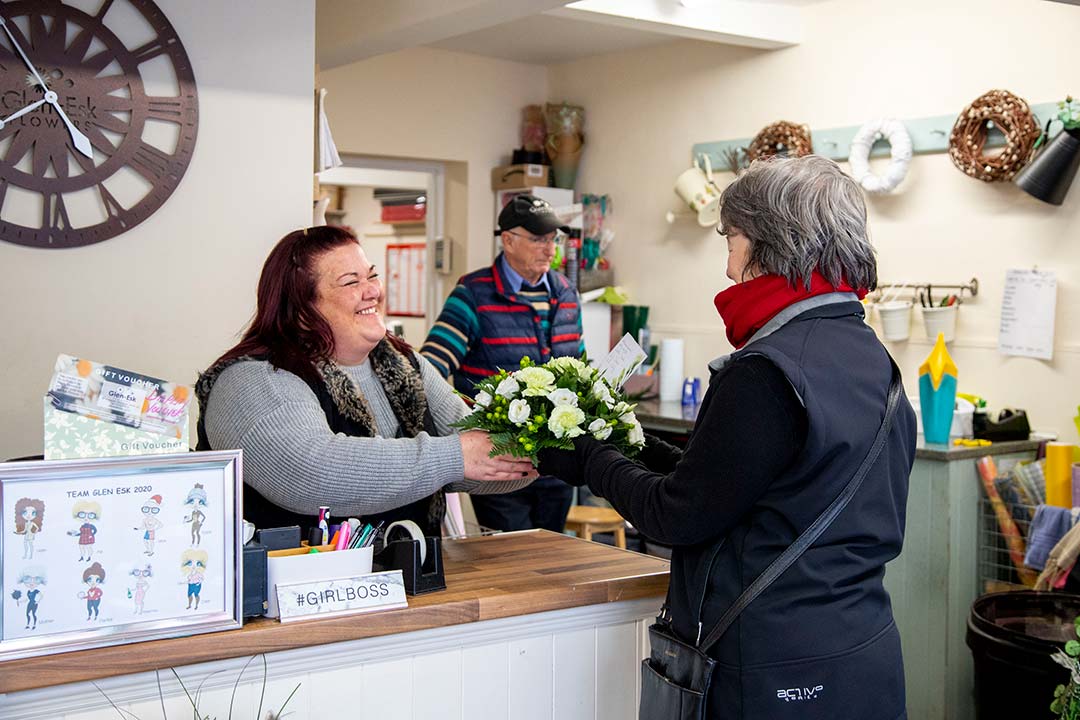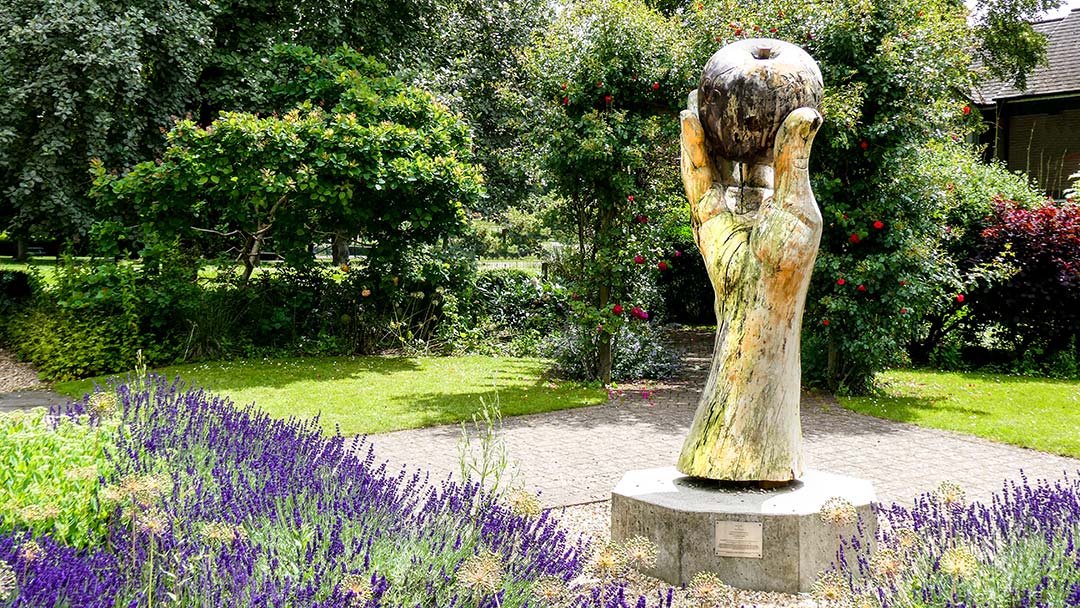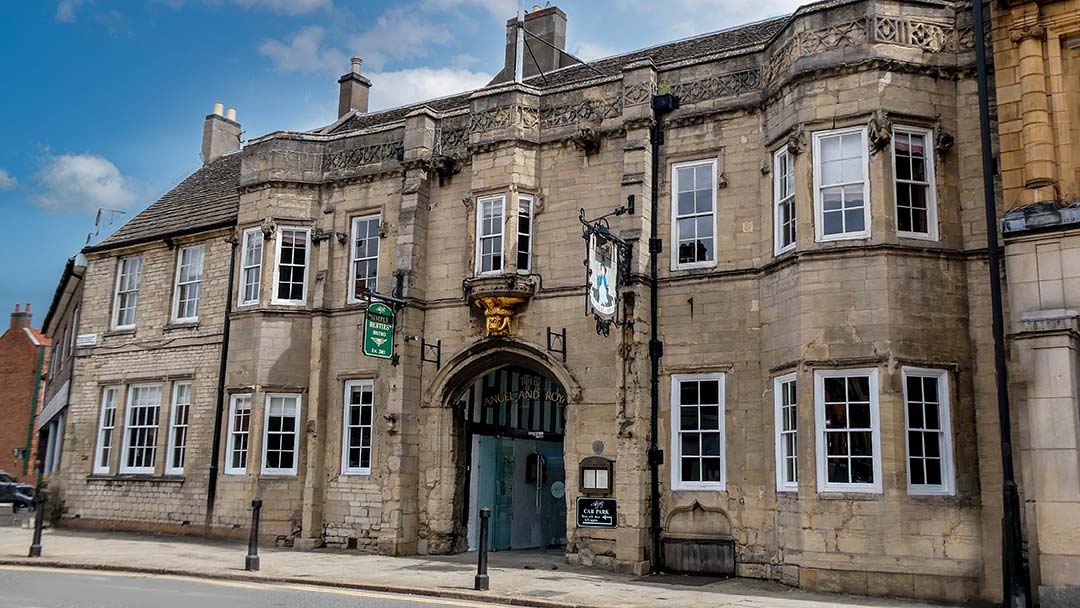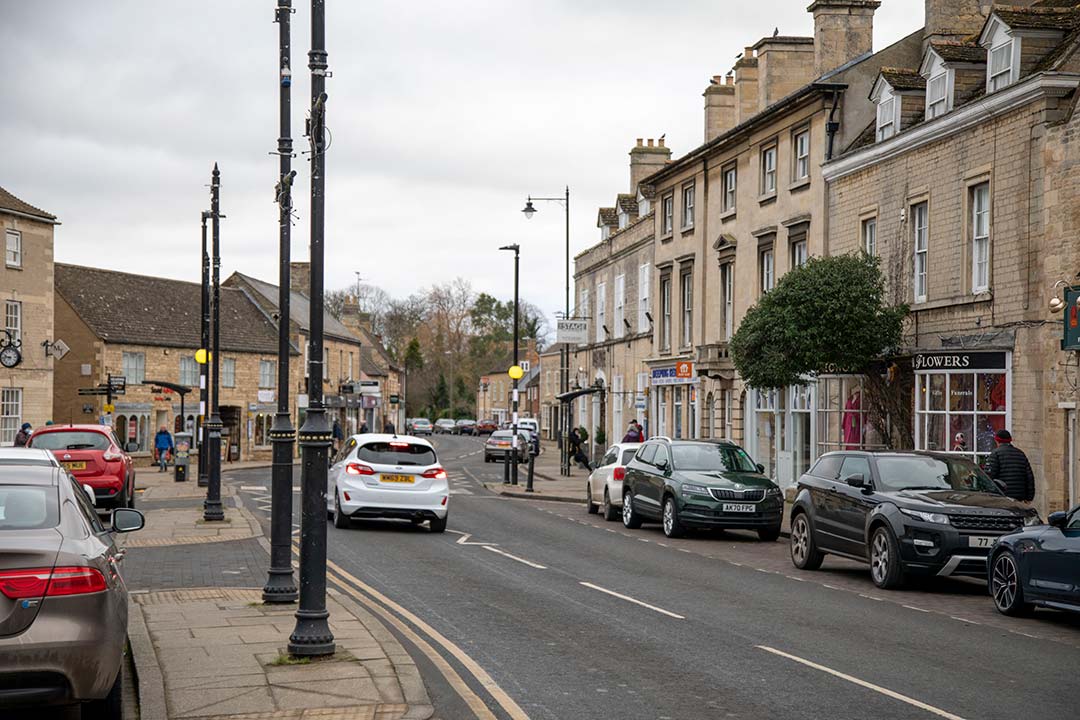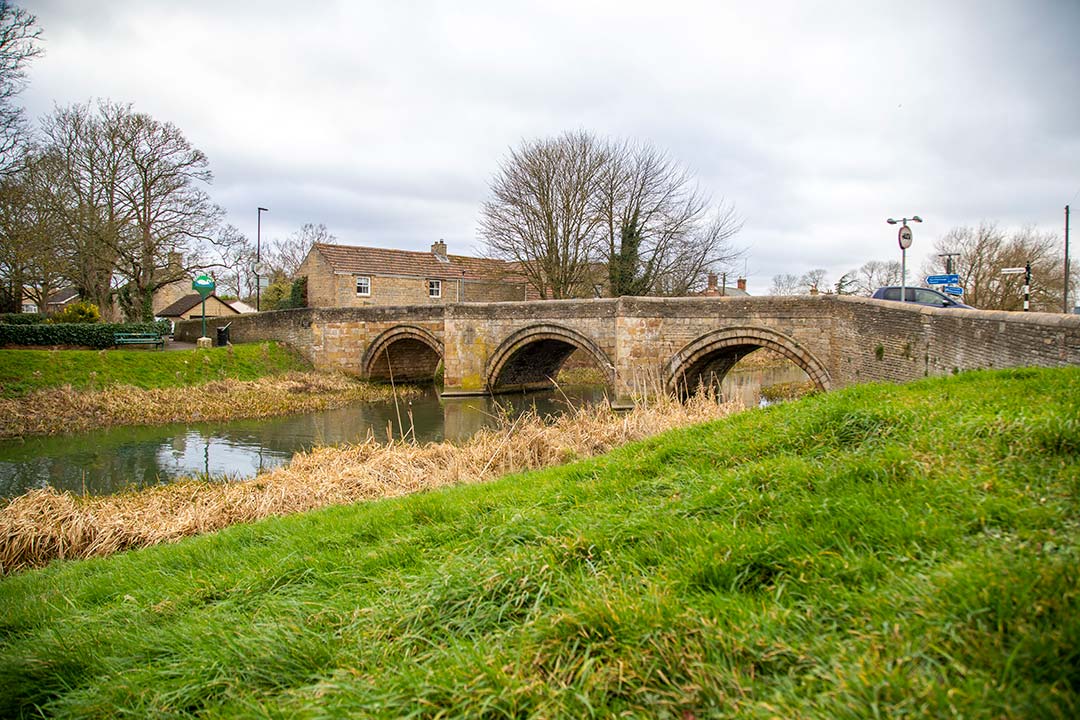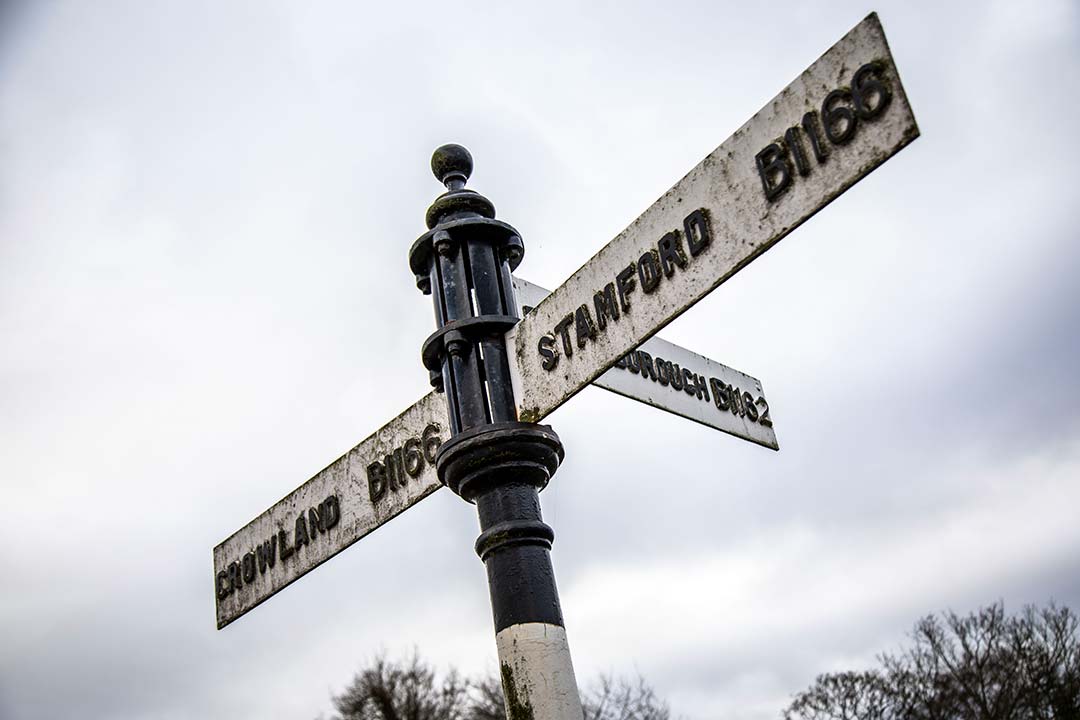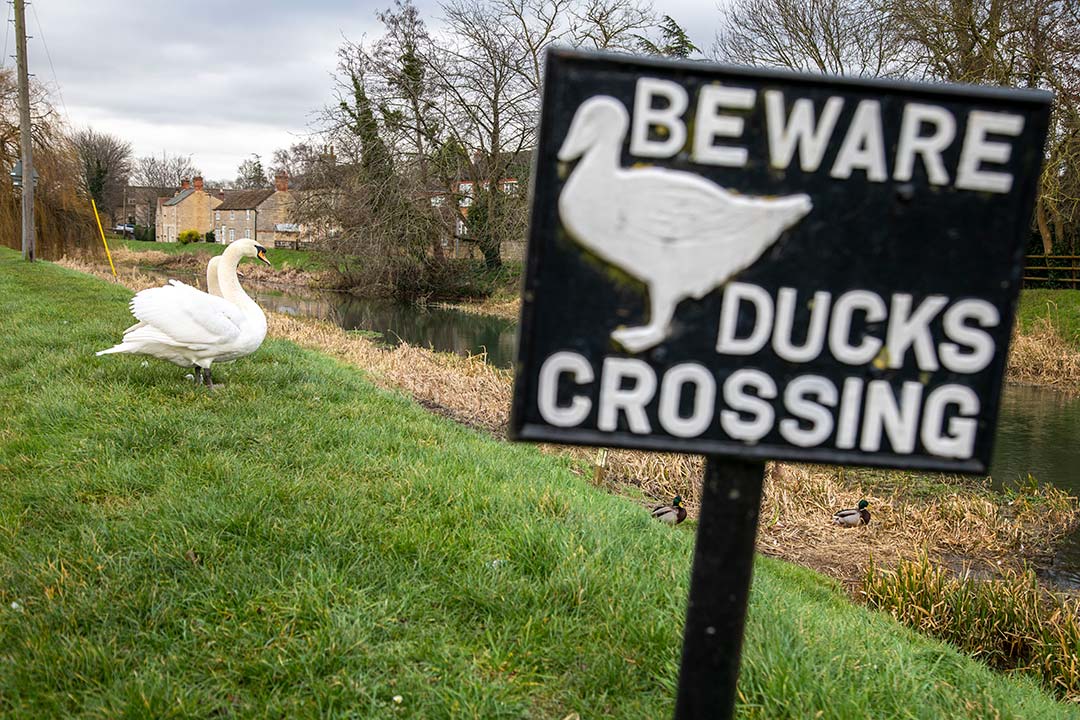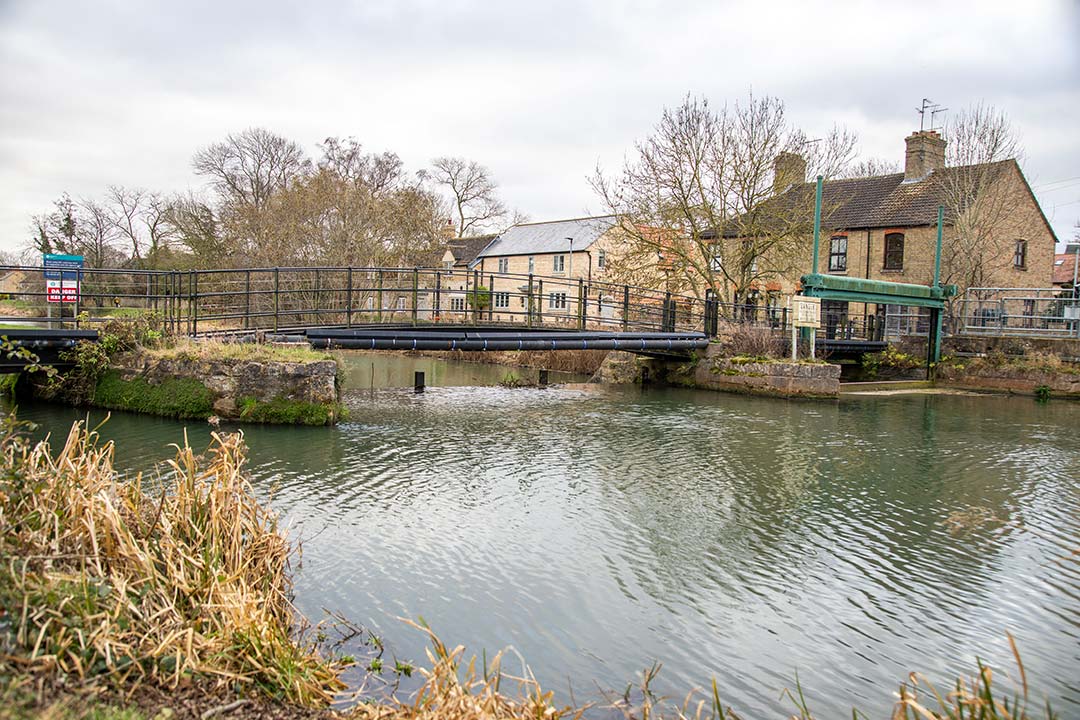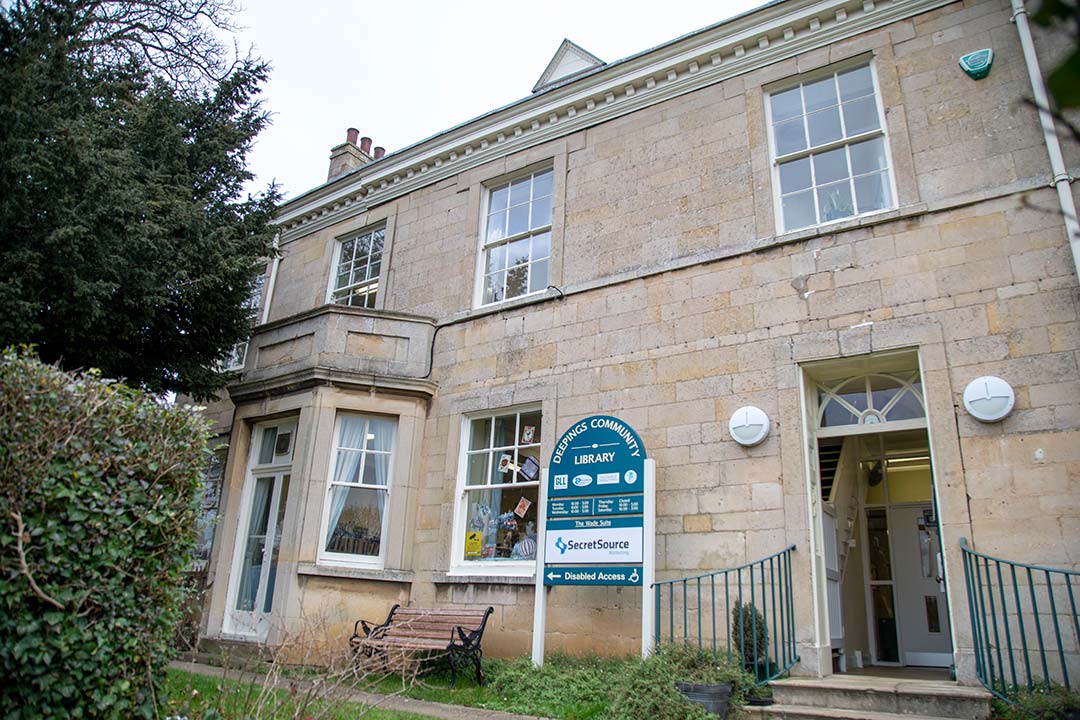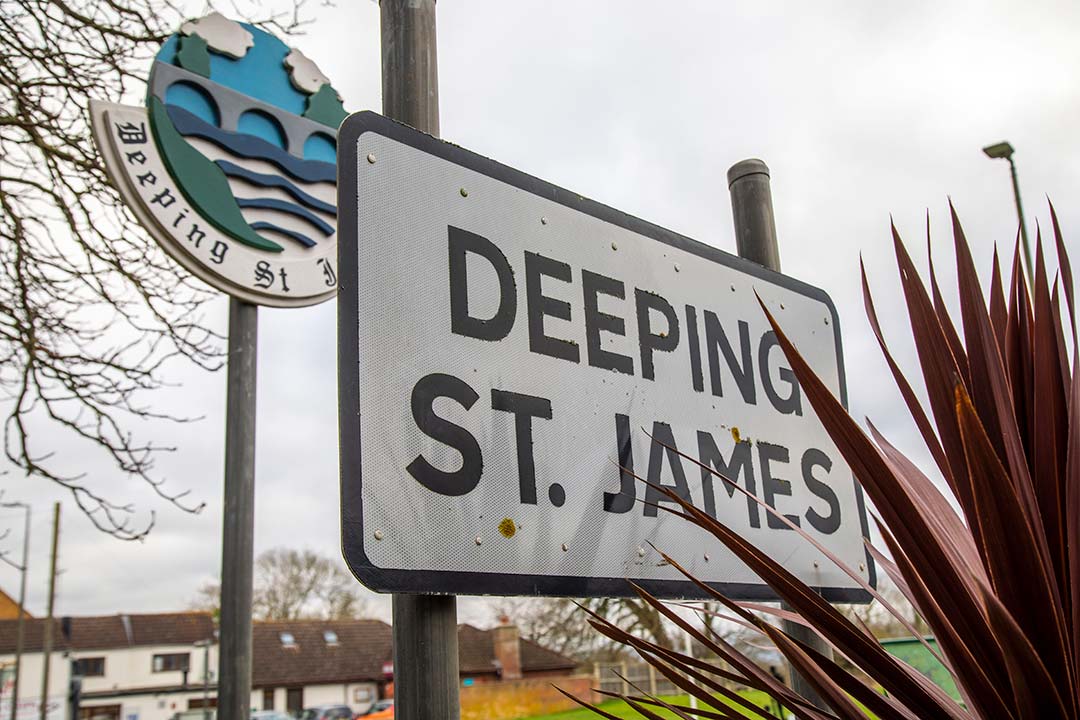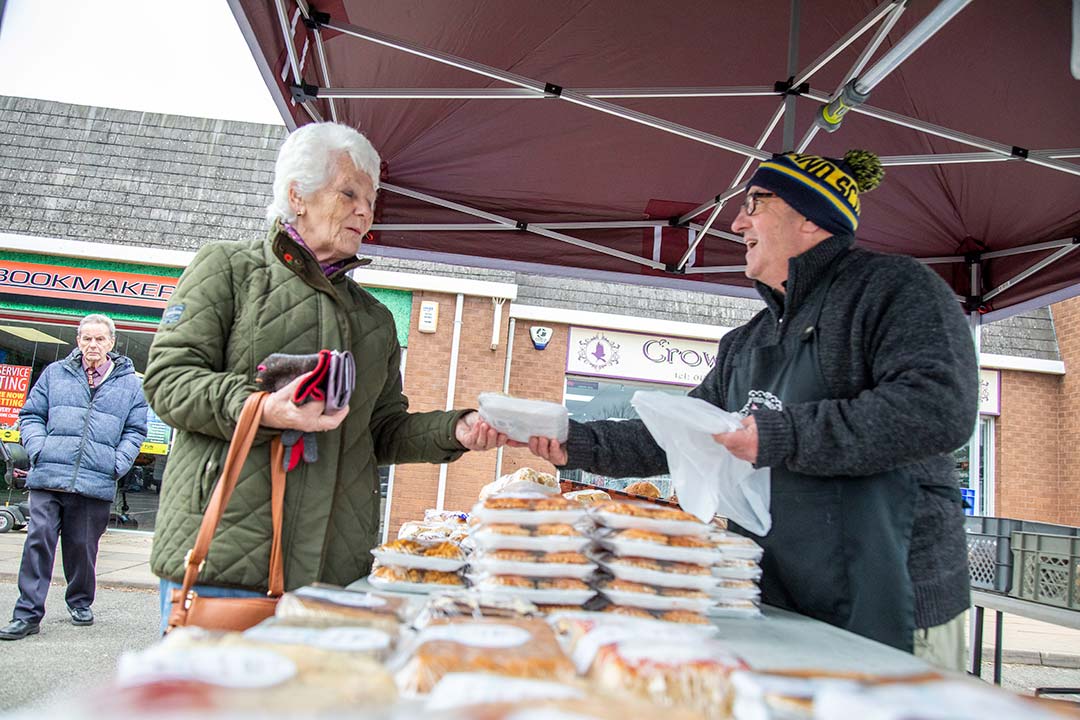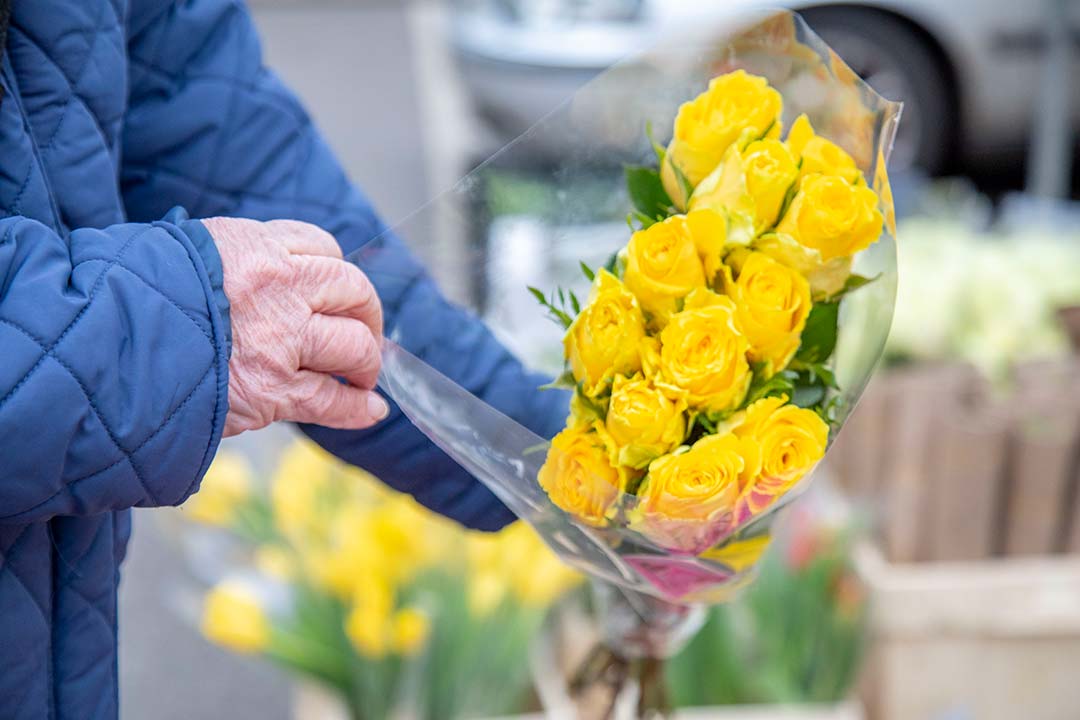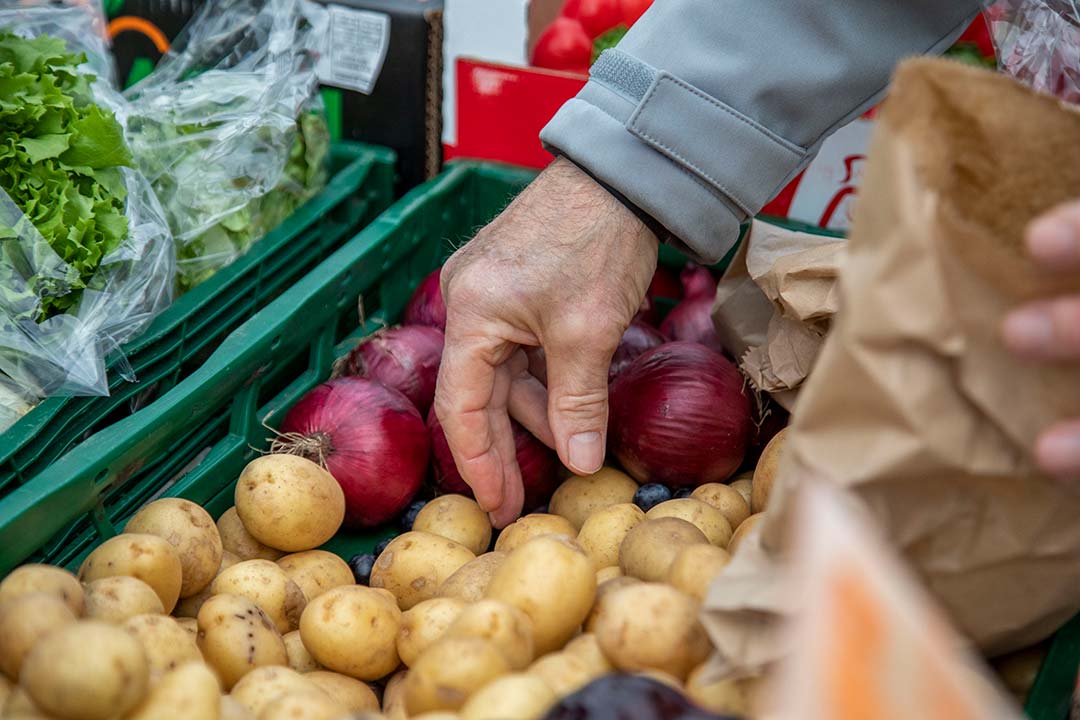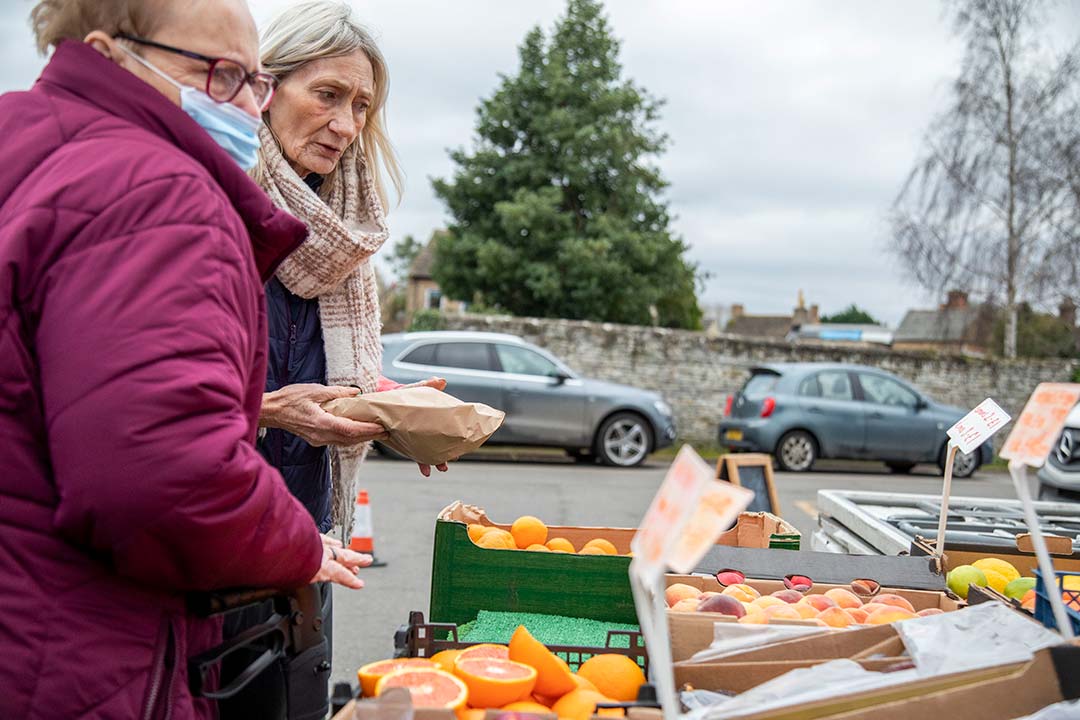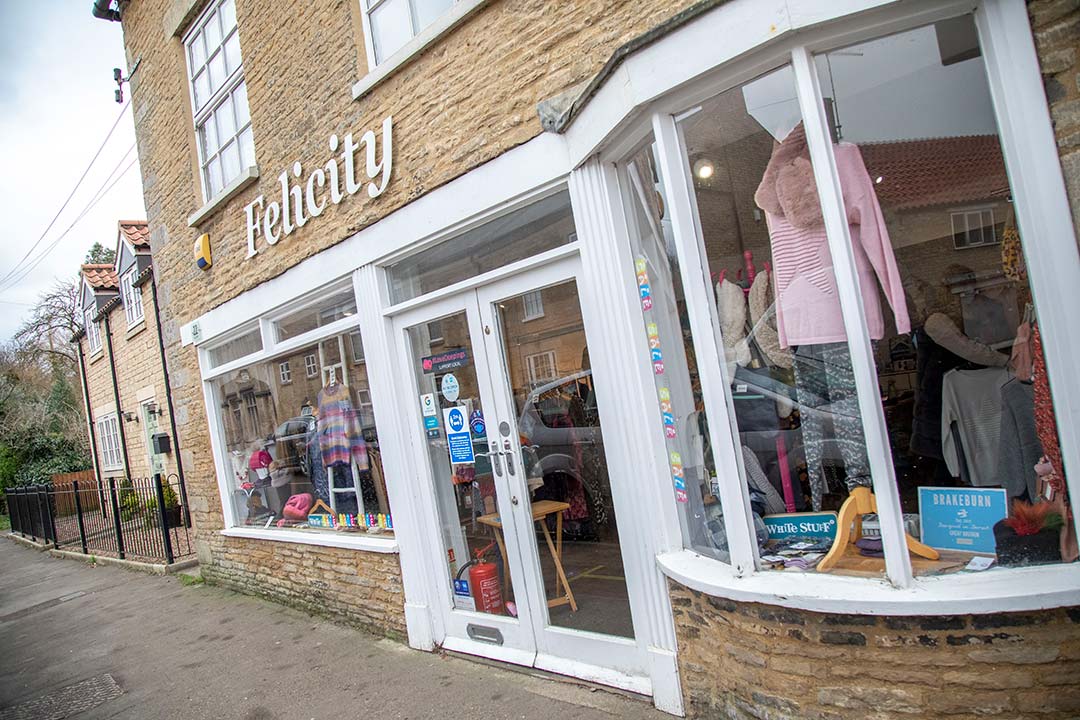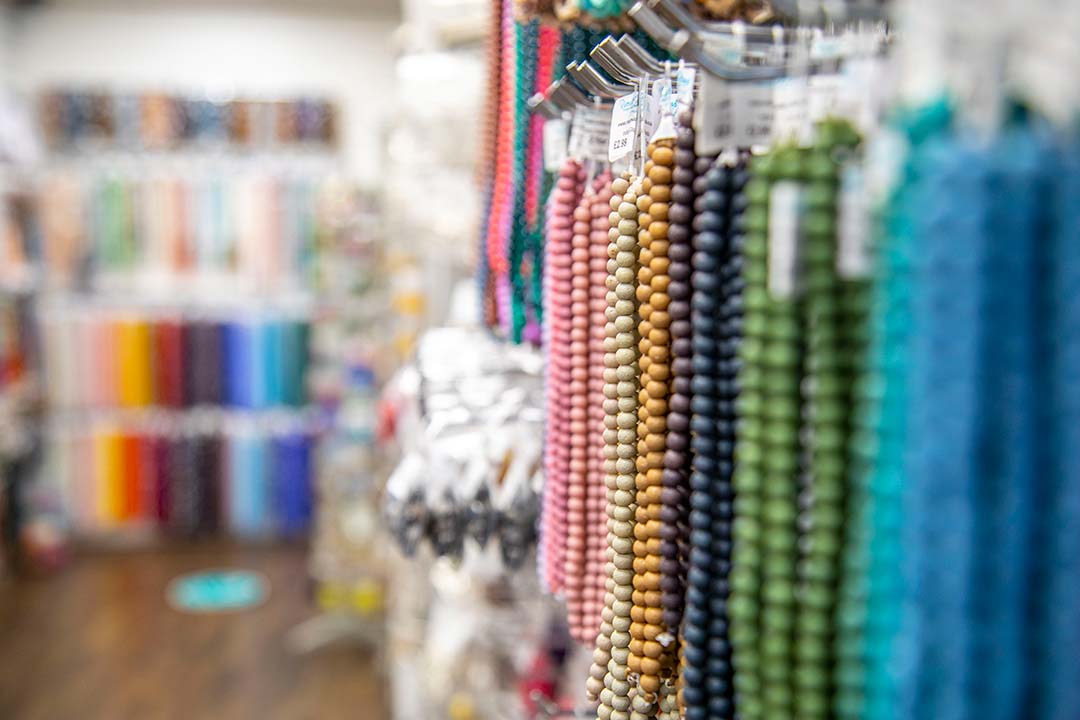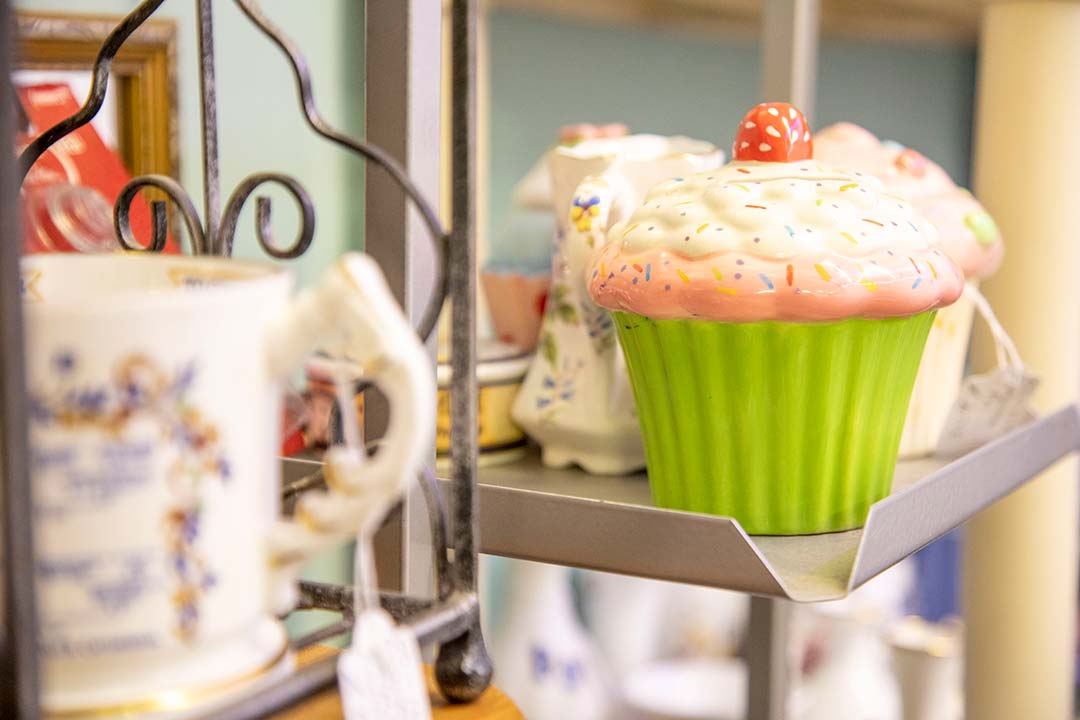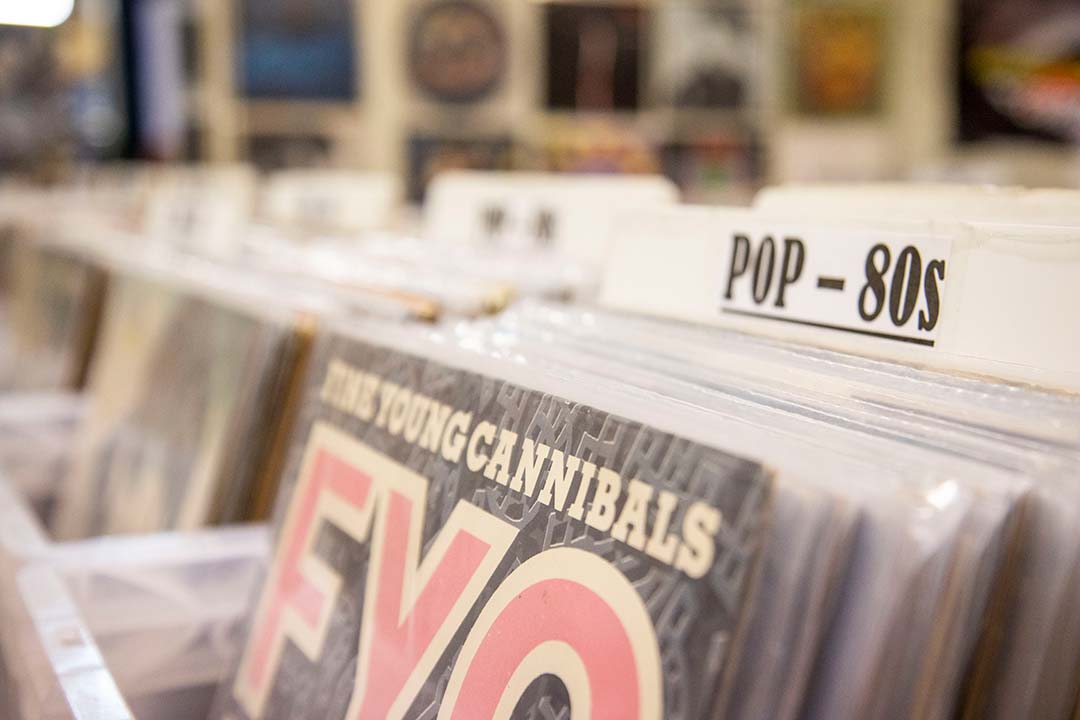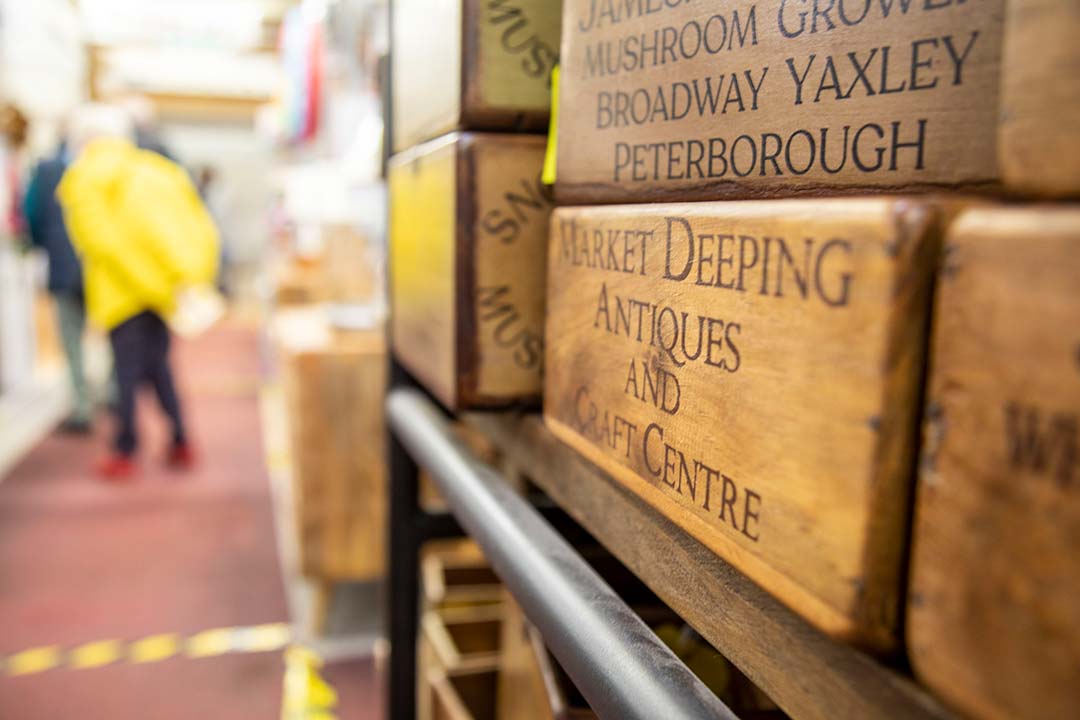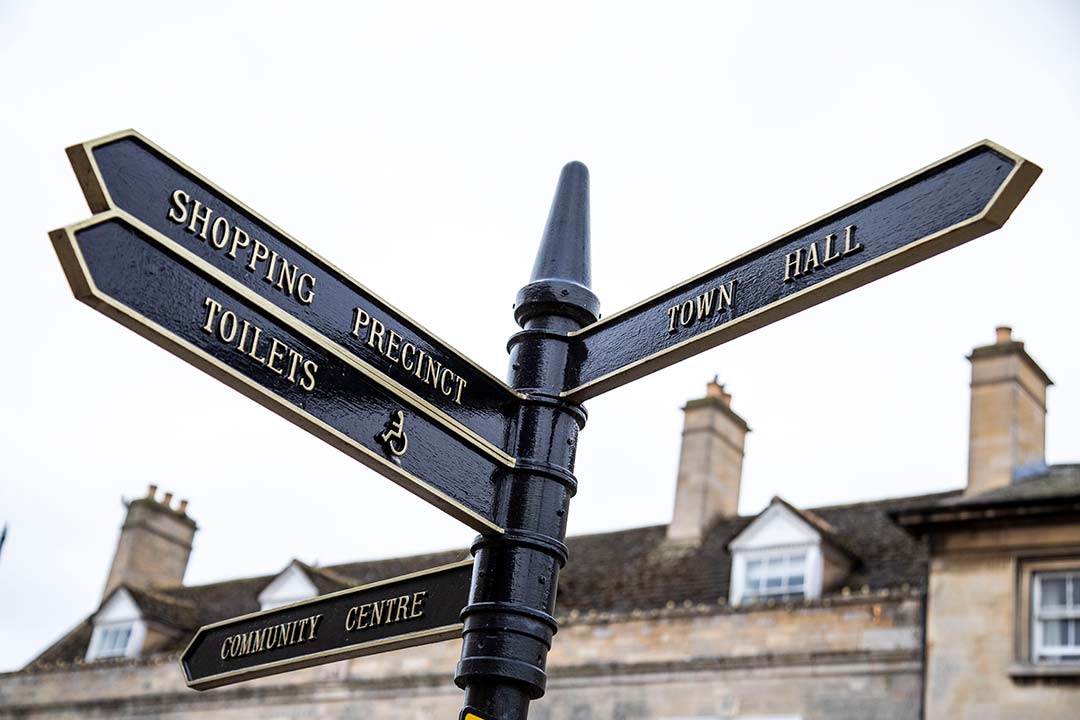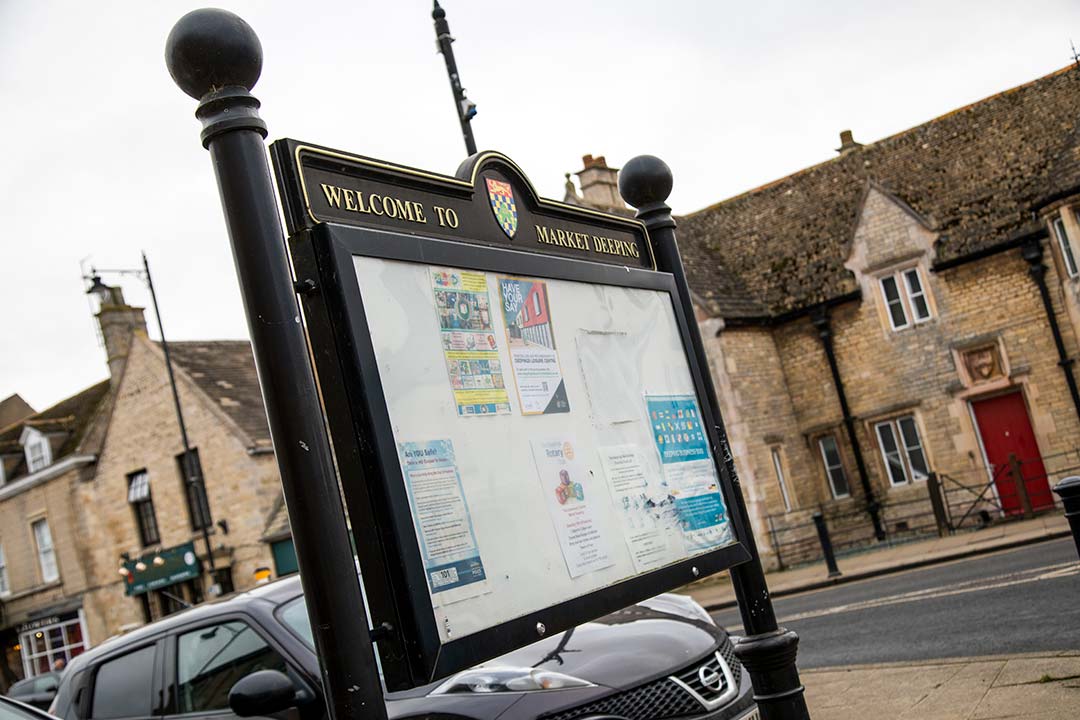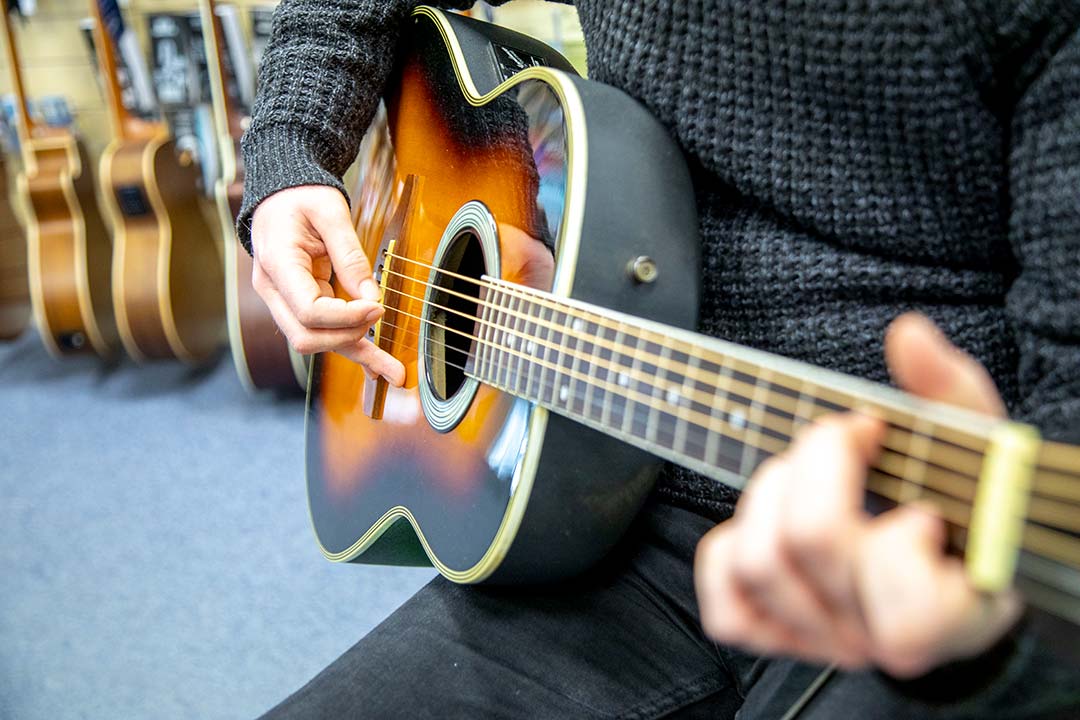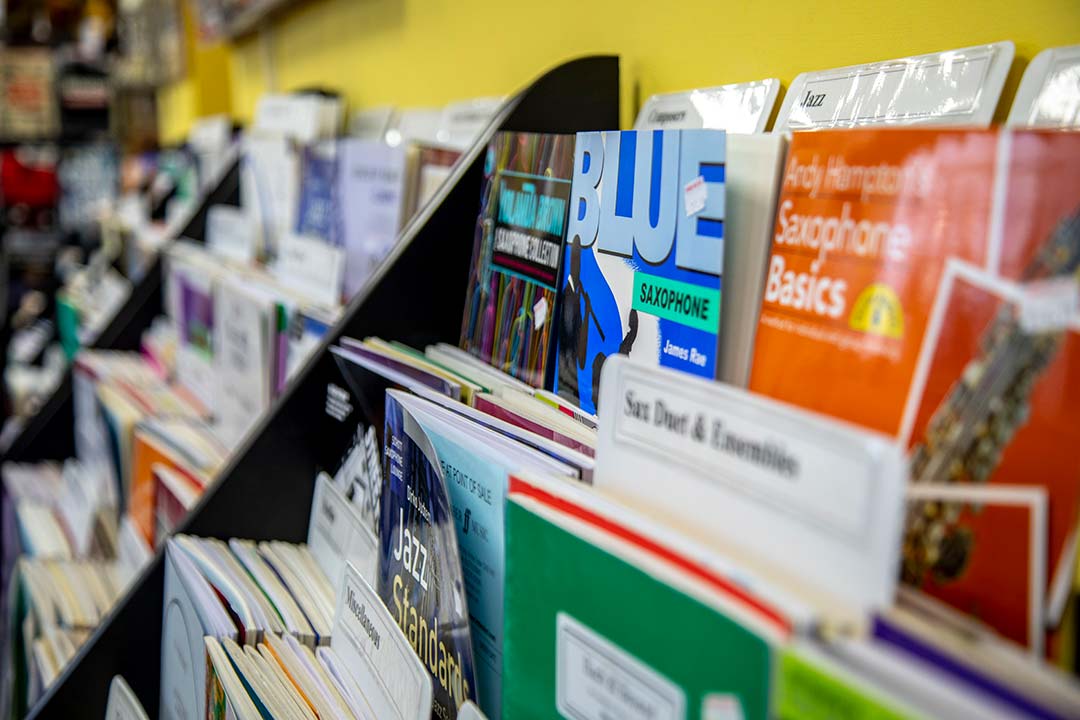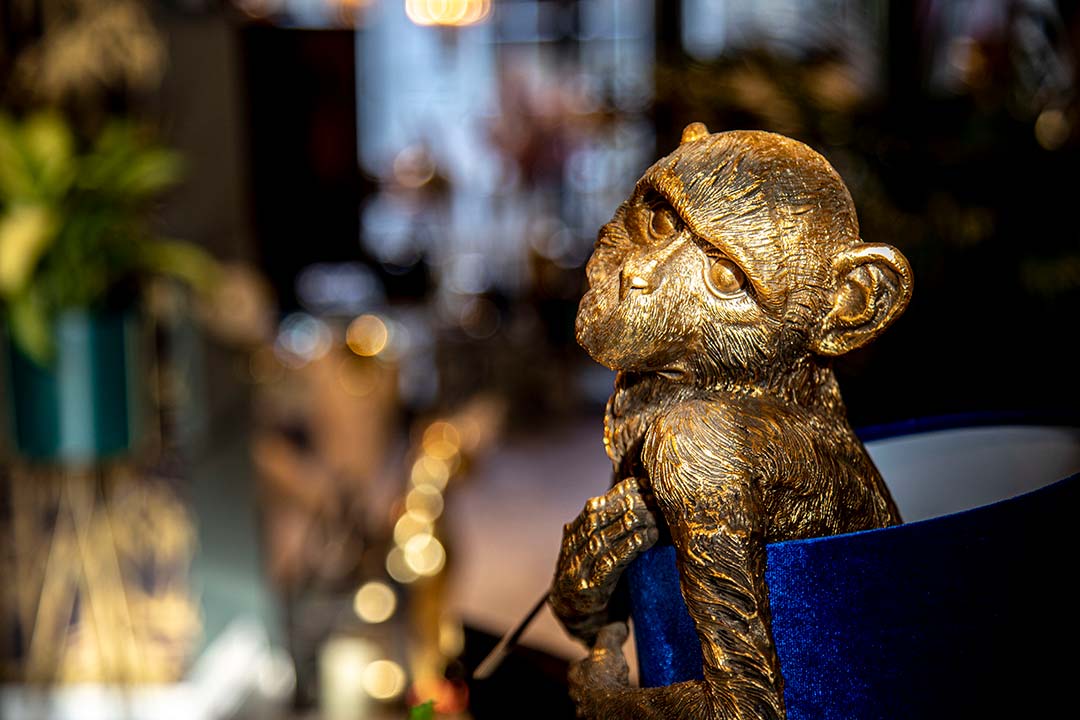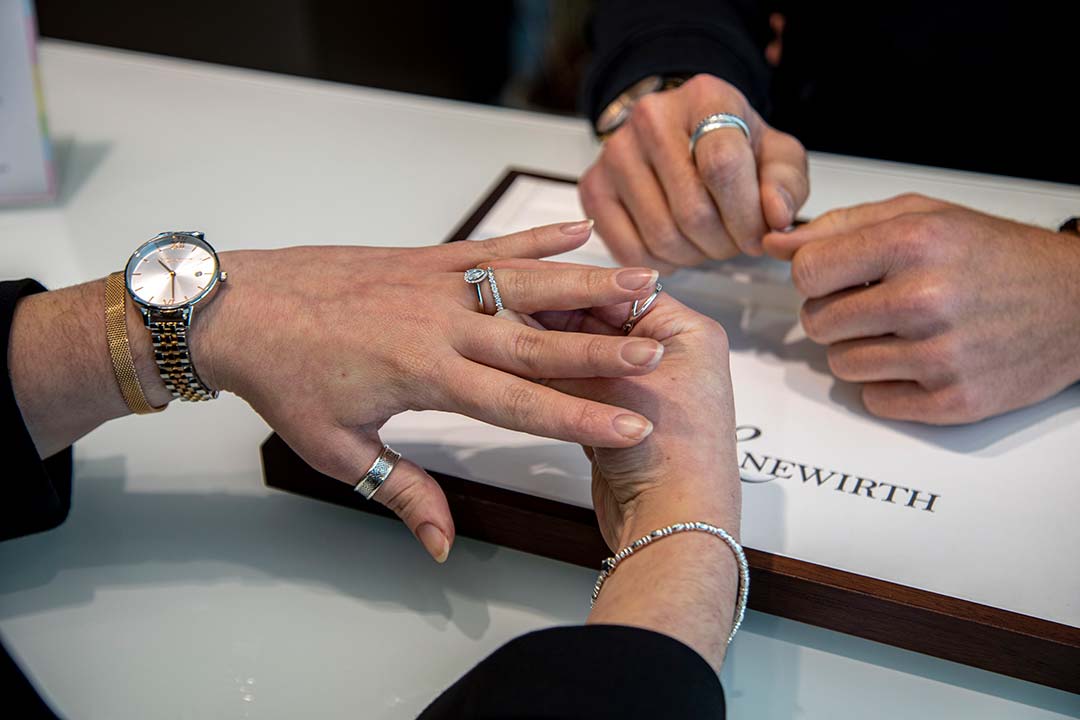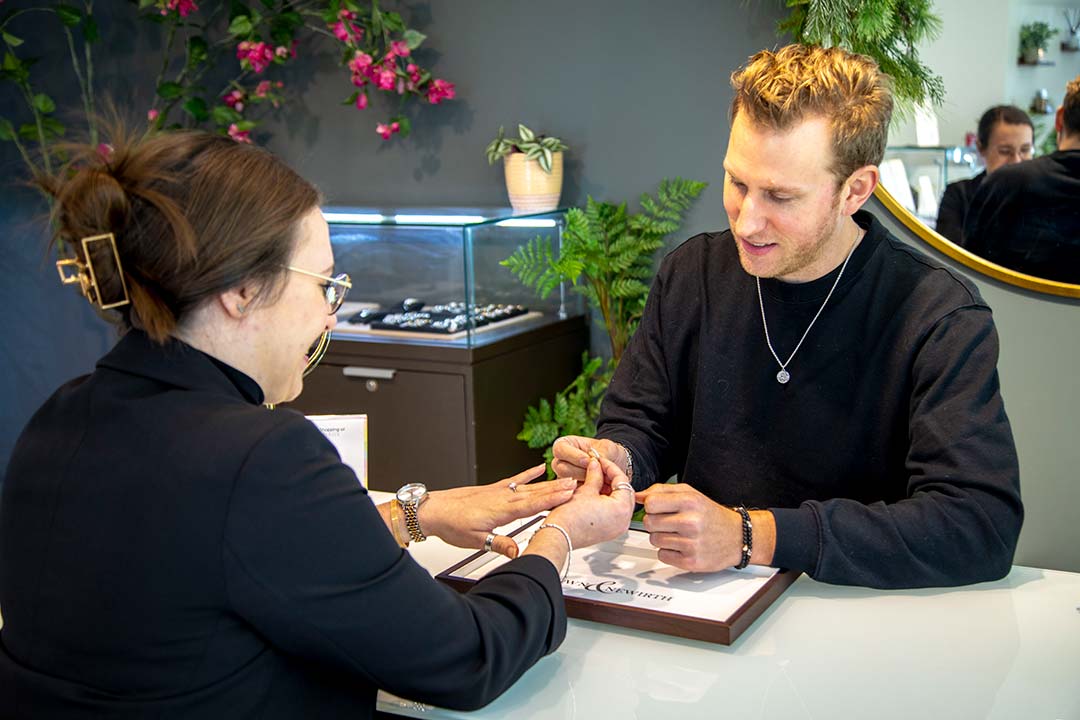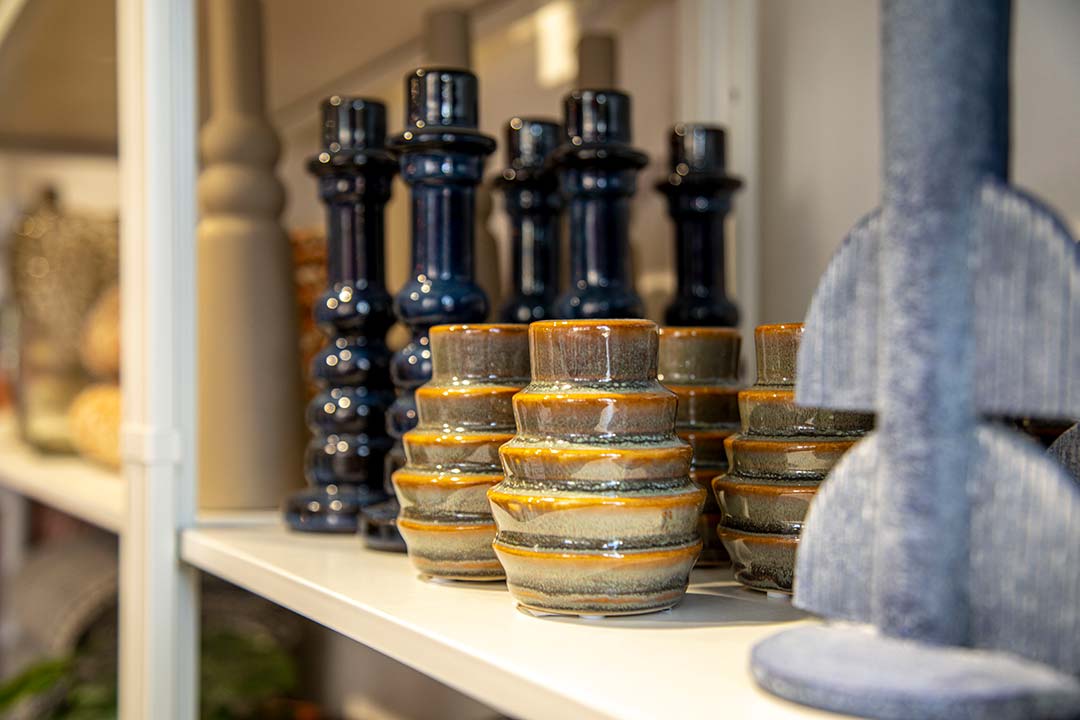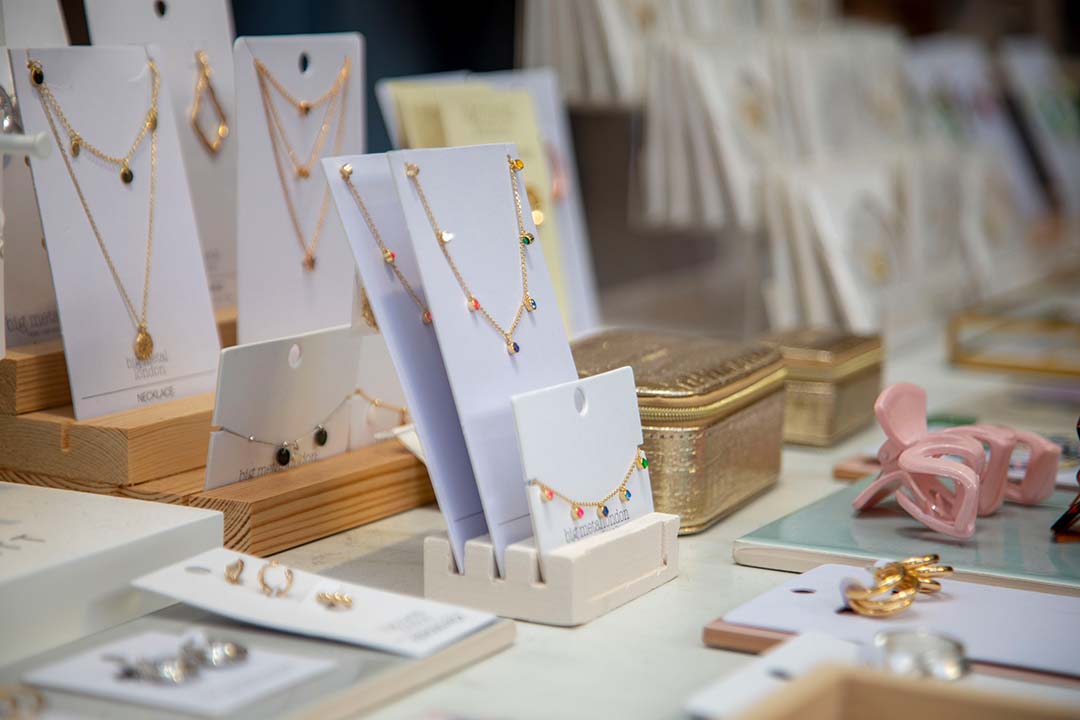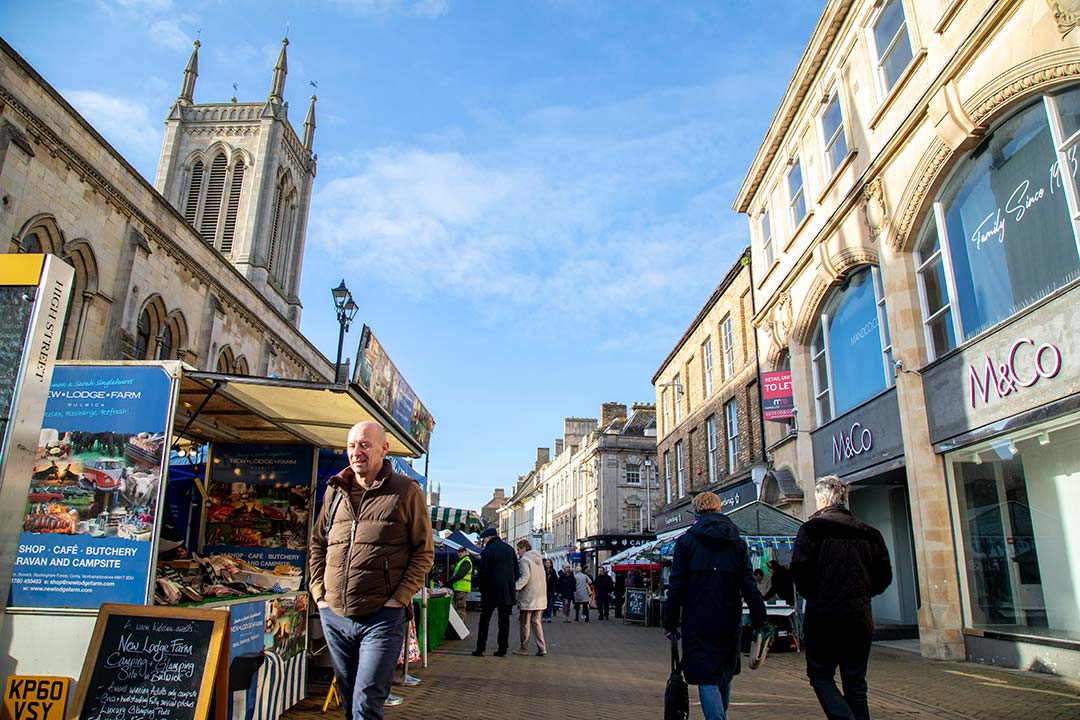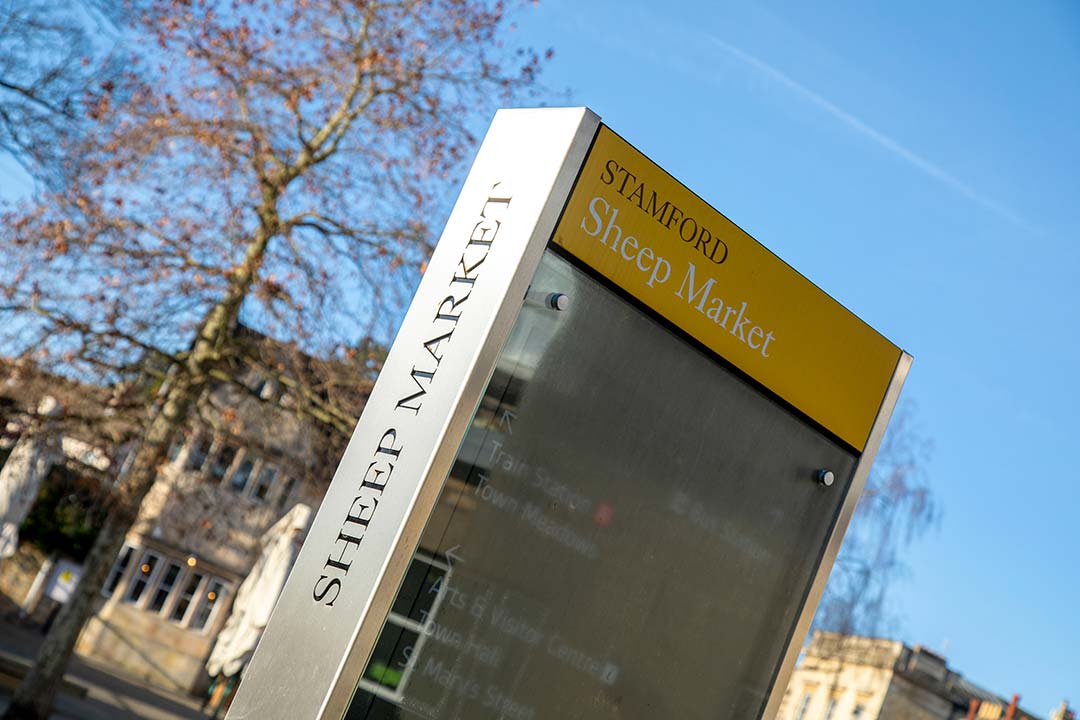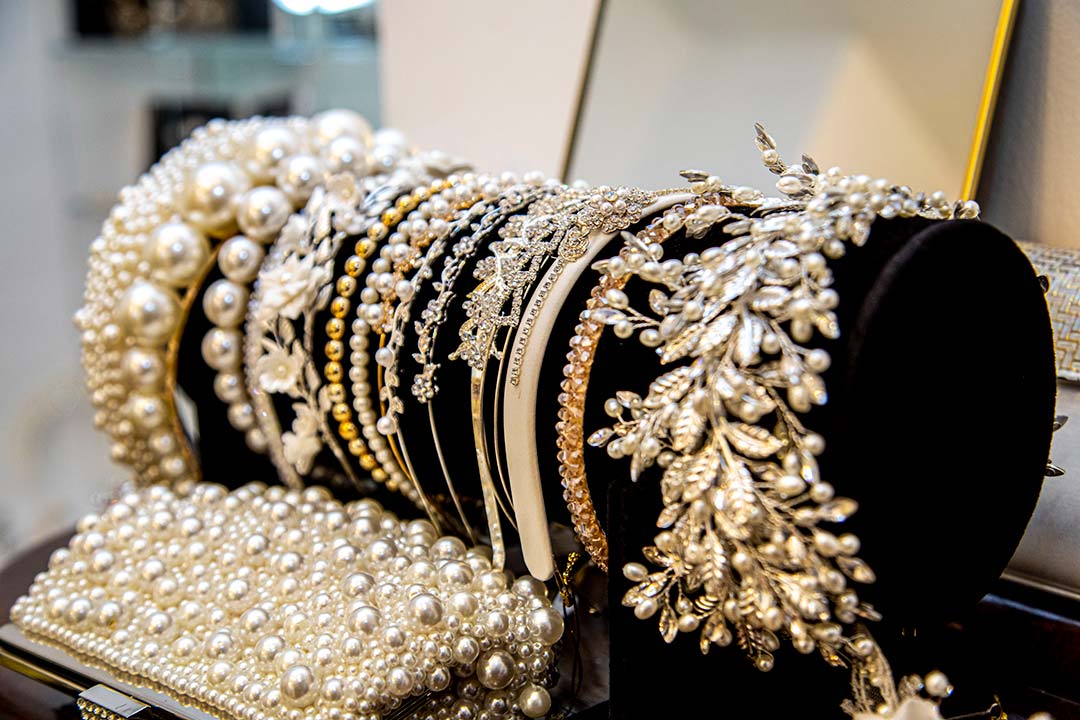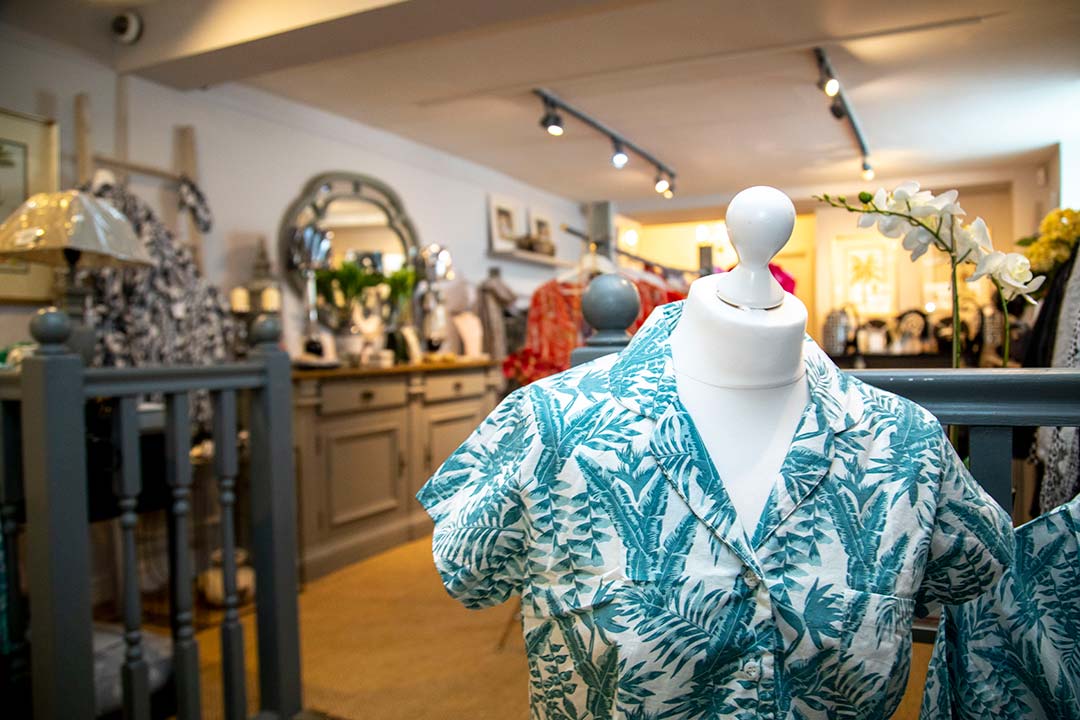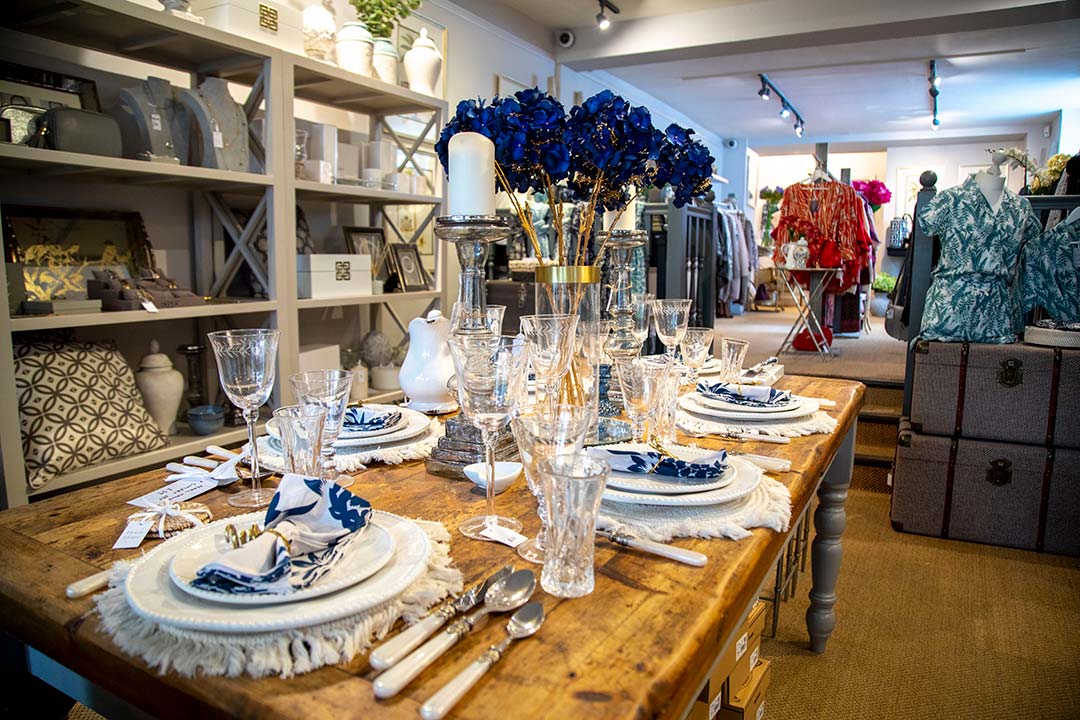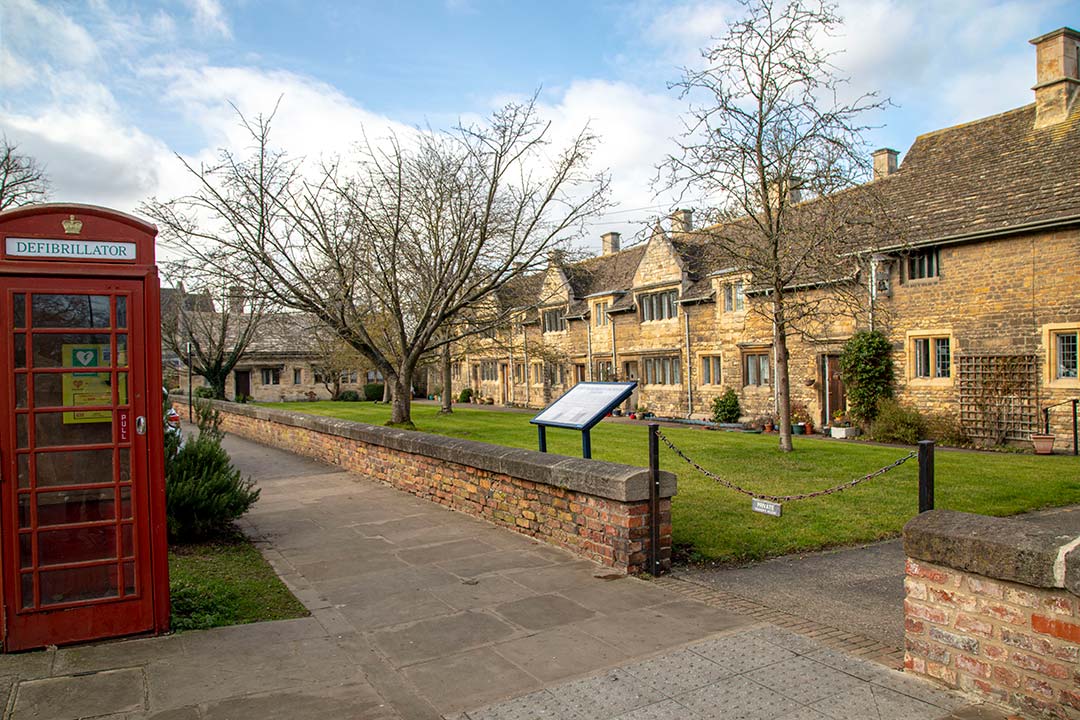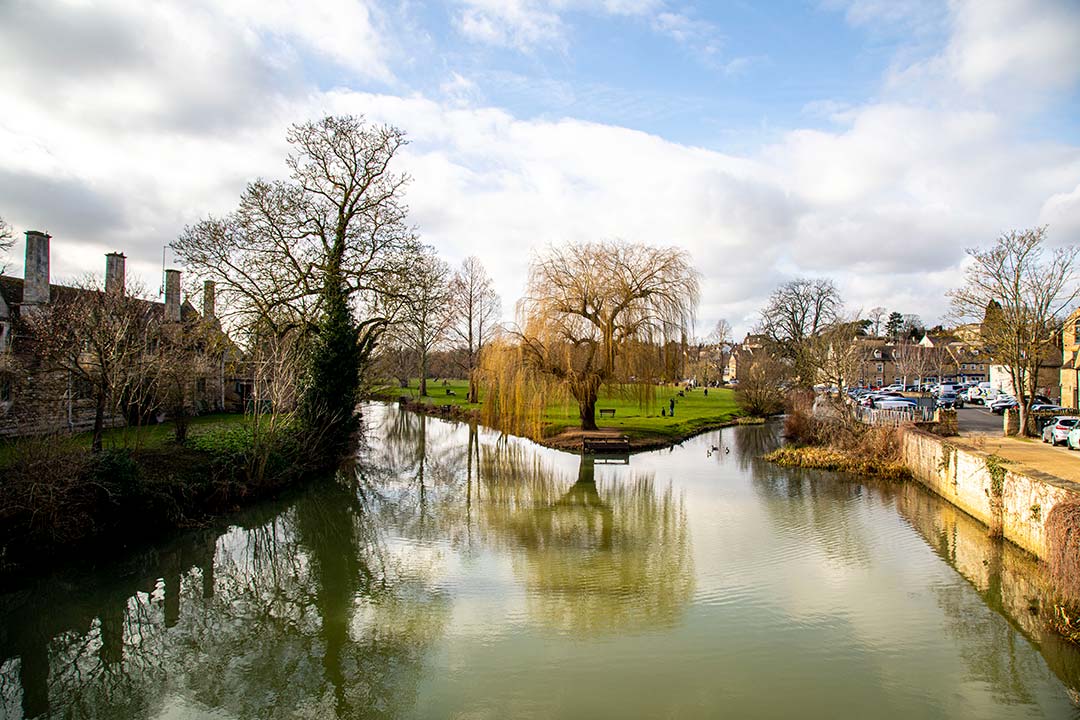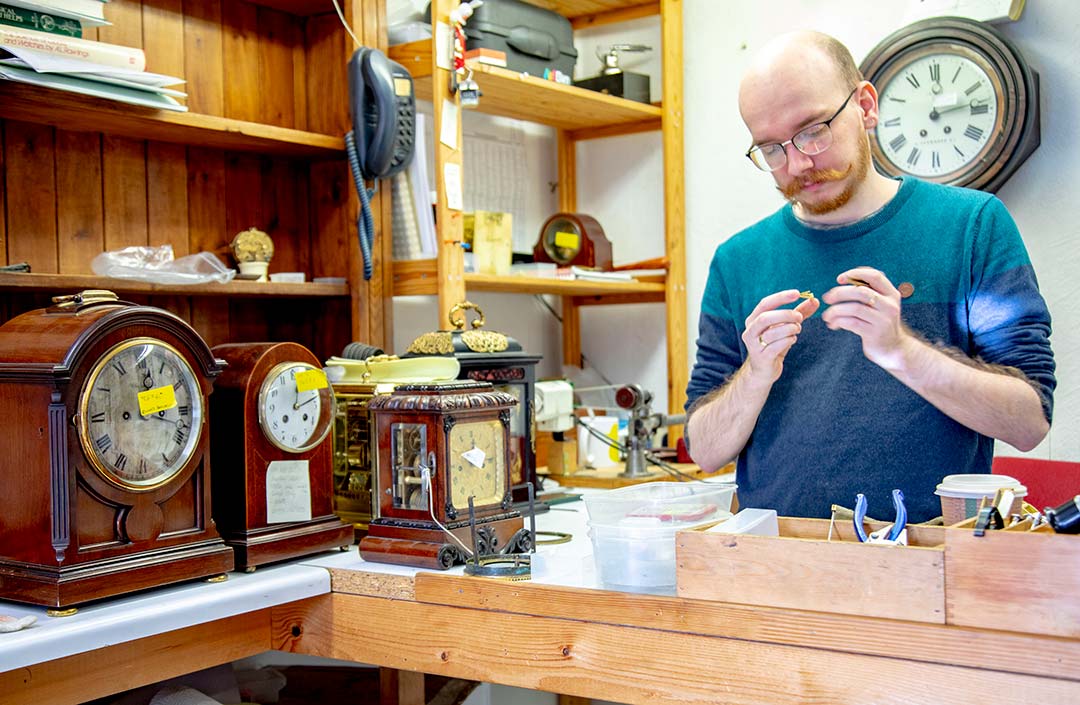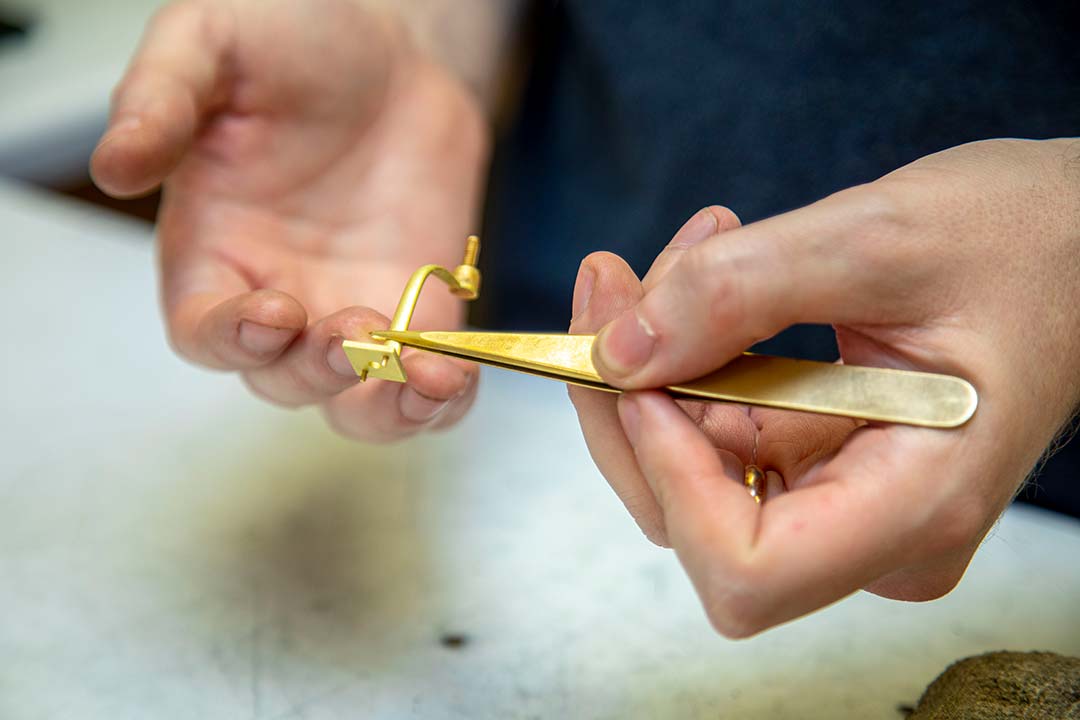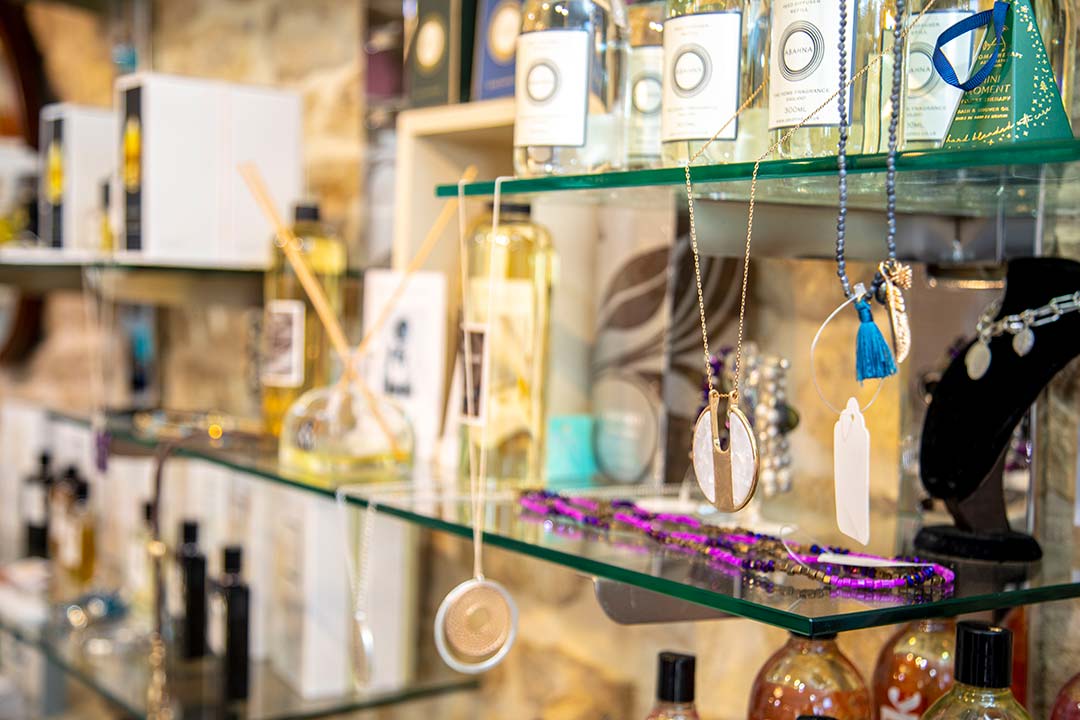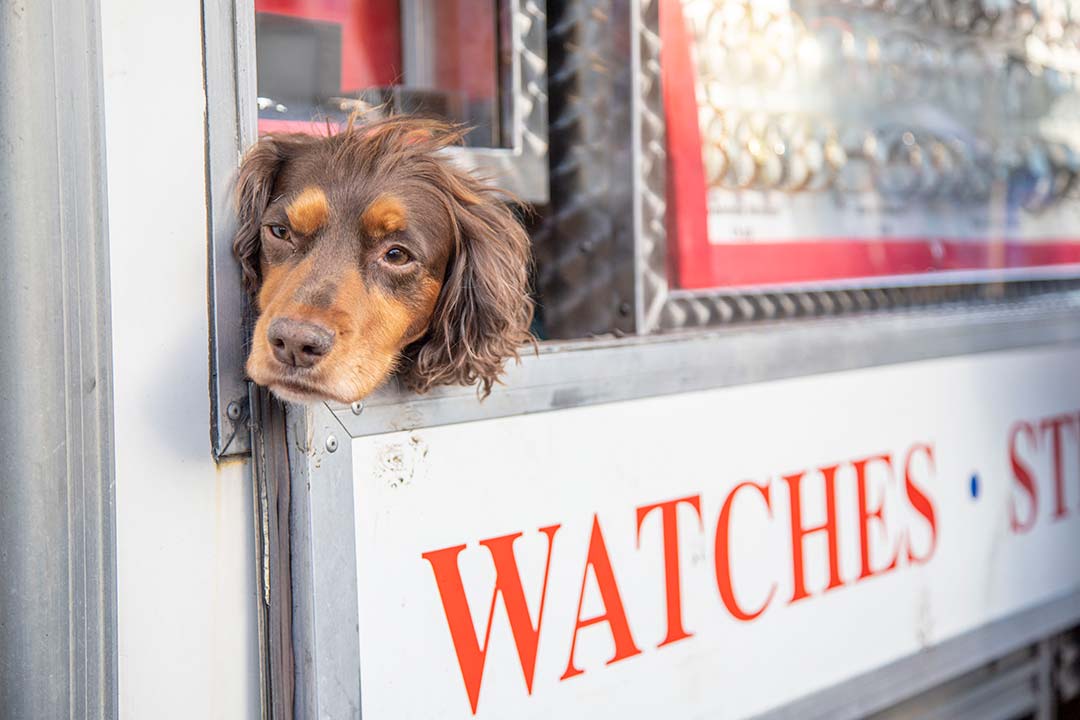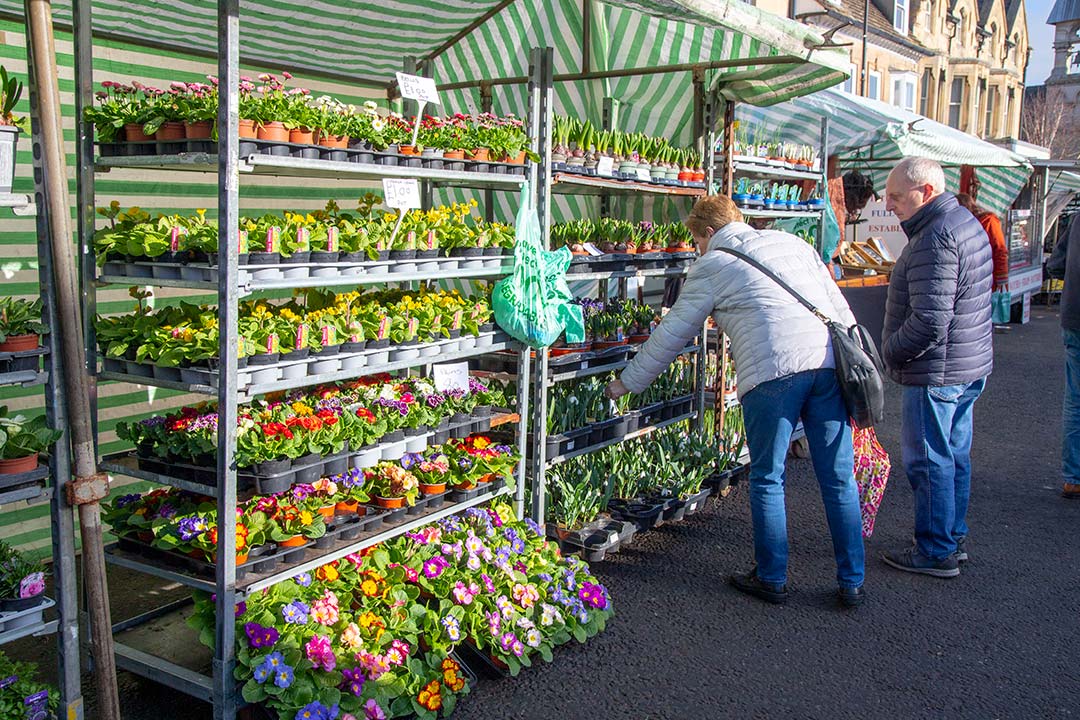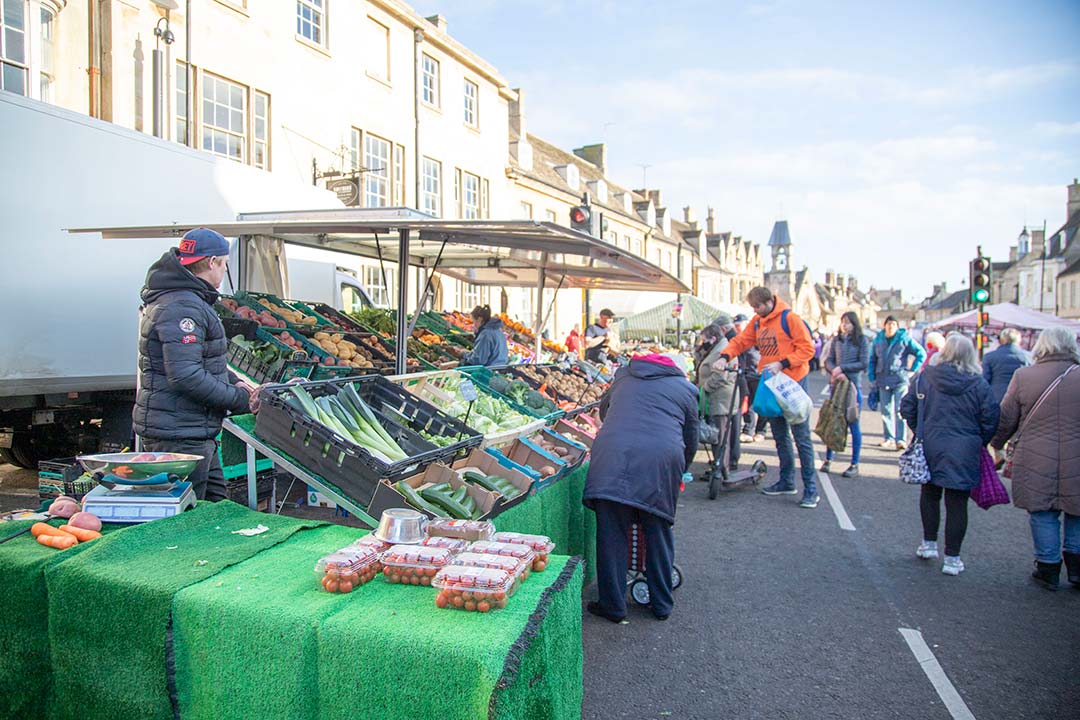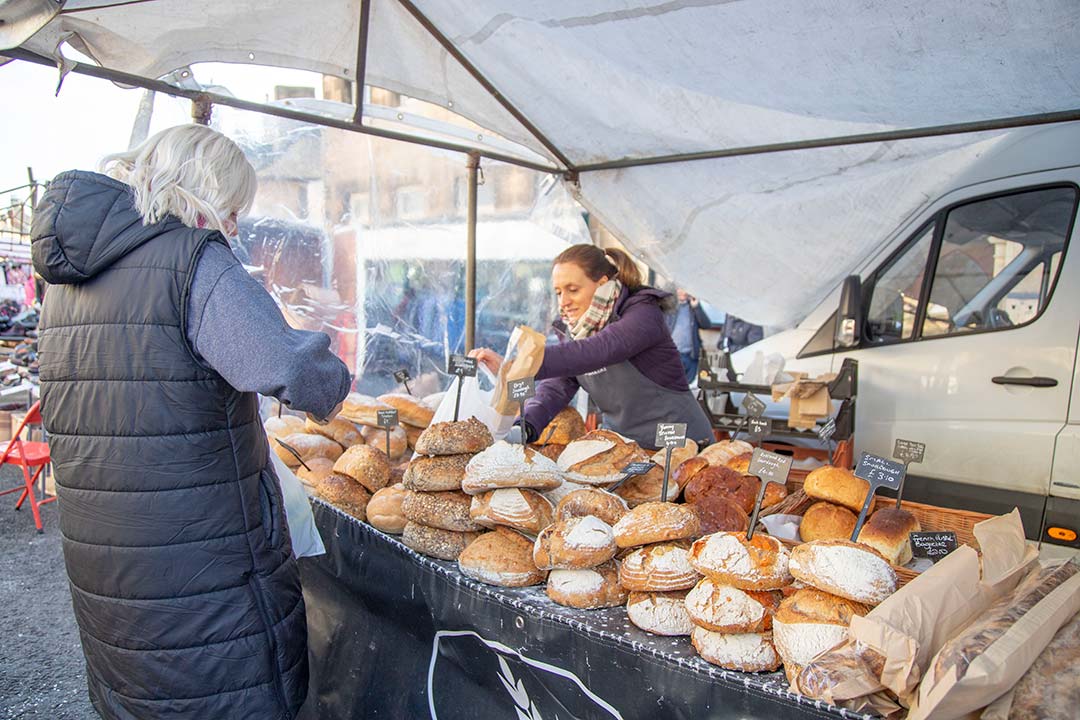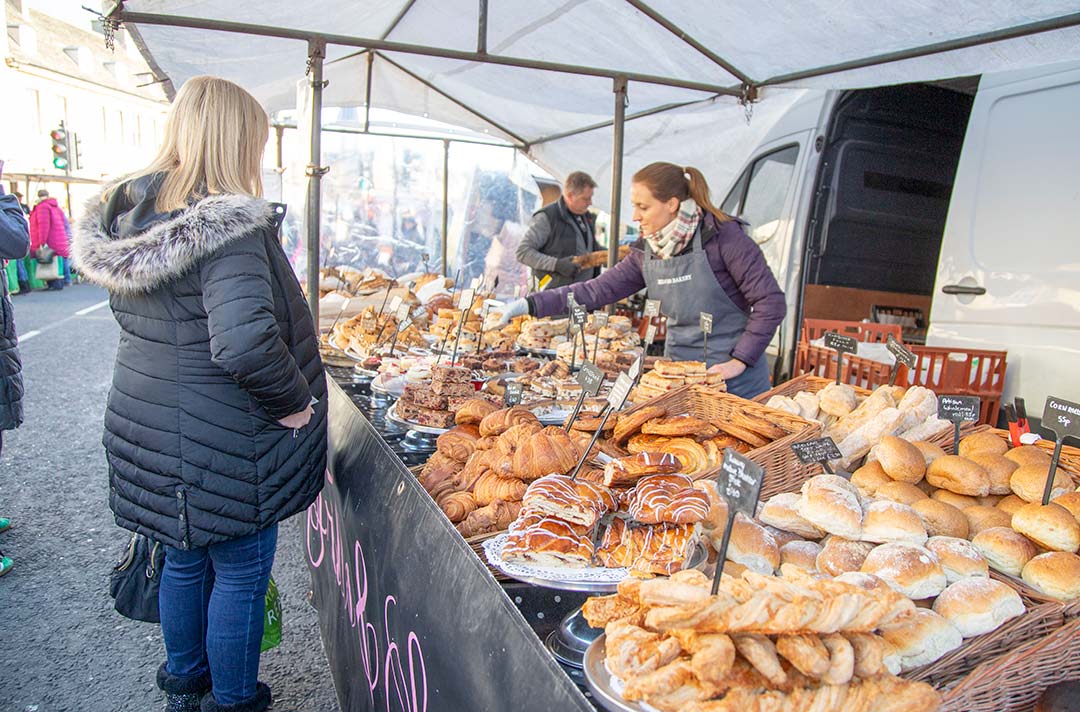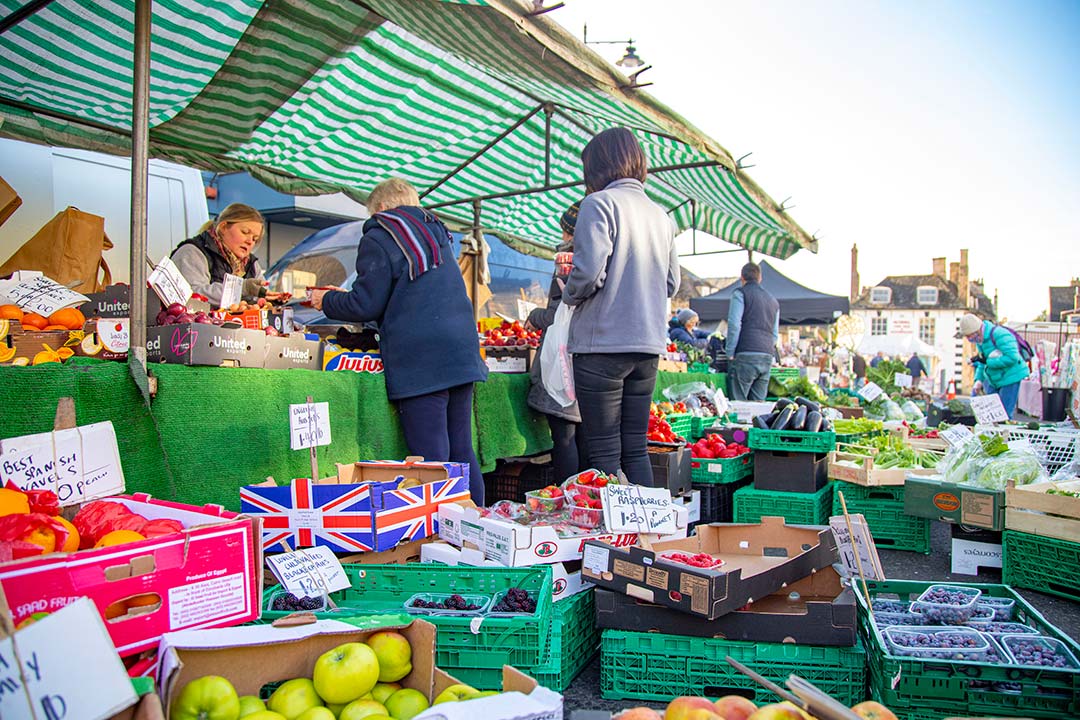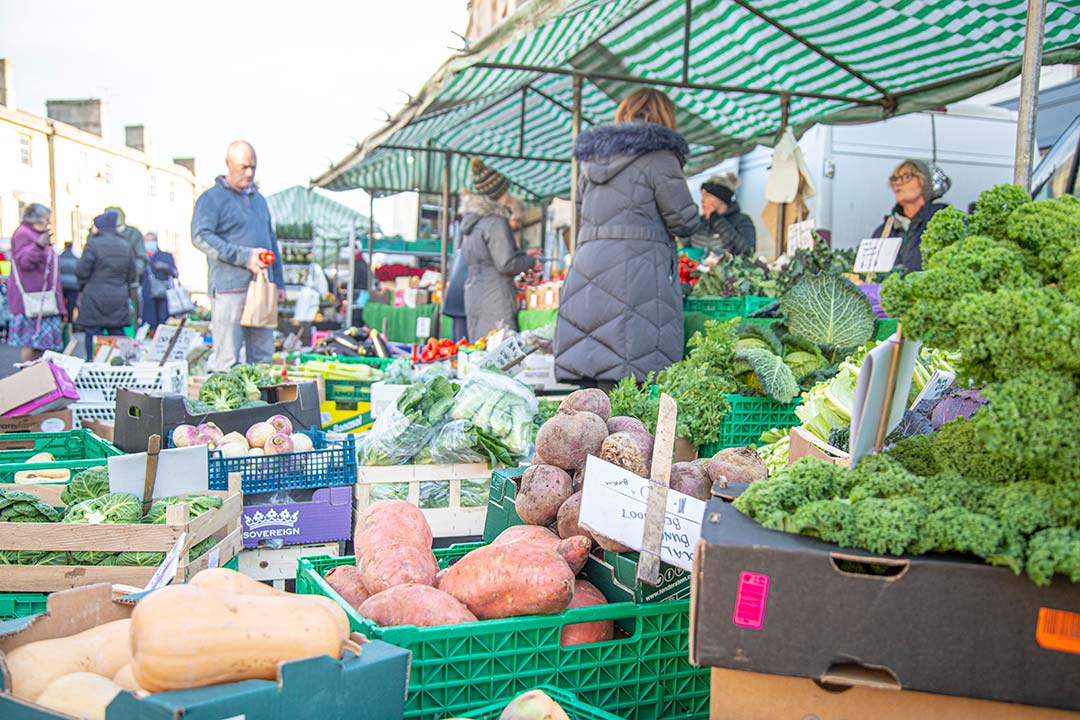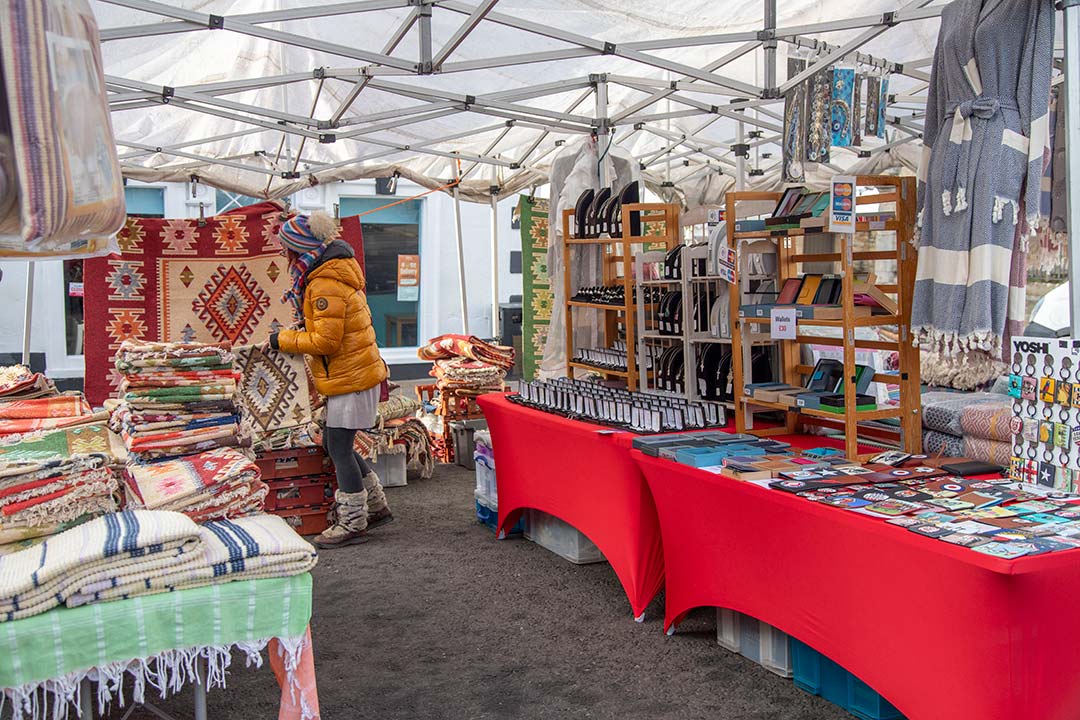As Christmas approaches churches around the district are preparing to celebrate and share the story of the Nativity with traditional carols and crib services. However, visitors to St John’s church in Corby Glen have the opportunity to experience a beautiful and fascinating a glimpse of how the Christmas Story was portrayed over 600 years ago.
In 1939, while preparing the church for redecoration sharp eyed churchwarden Edmund Walsingham spotted some traces of colour beneath layers of flaking whitewash. Reporting his discovery to the church authorities it was not long before they determined that what he had found were the remains of ancient wall paintings.
Funded by Sir Walter Benton Jones of nearby Irnham Hall, pre-eminent historian and wall panting expert Dr Edward Clive Rouse was commissioned to painstakingly uncover and conserve the images which proved to be far more extensive than anyone imagined.
While today we often think of churches with white walls and simple decoration, the only colour coming from stained glass windows, alter cloths and floral displays, medieval churches were full of colour, the walls often decorated with pictures of biblical stories used to explain the scripture to the largely illiterate congregation.
The Nativity
The clearest and best preserved of the paintings is the stunning life size Nativity series which runs the length of the nave. The paintings, which date from the 15th century depict the visit of the Magi, and the shepherds along with the Virgin and Child, and the threatening figure of King Herod.
As well as a tool for telling the story, the paintings present a fascinating insight into society and fashions of the time. In this period a series of strict sumptuary laws were enforced in England, which outlined what types of clothing, colours and fabrics could be worn by people of different ranks and class and this is reflected in the wall paintings.
The shepherds are pictured wearing simple tunics and hose, accompanied by sheep, goats a dog, and a young boy playing a pipe.
In contrast the kings, including Herod, wear richly embellished tunics, robes trimmed in ermine, and the fashionable long toed shoes favoured by noblemen in the 1400’s.
Sadly, the third shepherd and third king have been lost to time.
As is typical of depictions of Nativity in the period Mary is shown crowned, enthroned as Queen of Heaven, and Jesus not as a baby, but as a homunculus – a small, but fully grown man.
Although the nativity series are among the clearest and easiest to decipher of the wall paintings, they are far from the only ones.
The Doom Painting
Medieval Christians were focused more than anything on the fate of their immortal souls, for them the prospect of an eternity in hell was a very real concern. Vivid depictions of the Last Judgement were often featured in churches, and today these are known as ‘Doom Paintings’.
While much of the Doom Painting, found over the chancel arch has been lost or
faded beyond recognition, what remains hits at a striking and evocative image which would certainly have captured the imagination of the congregation.
The entrance to Hell is depicted as a red monster, with wide open jaws swallowing souls, while an angel with a trumpet can be seen on the north side of the painting under a corbel, welcoming souls to heaven.
The North Aisle
The north aisle has both the oldest and the rarest paintings. At first glance the wall is a confusion of colours with overlapping and obscured images, but is in fact two layers of paintings, made nearly 100 years apart.
The earliest date from the early 1300’s and originally decorated a lady chapel, built with a bequest from Dame Margery de Crioll made in 1319. The images which appear lower down on the wall show St Anne teaching Mary to read, and the remains of an 11ft tall picture of St Christopher.
Around 1400 the aisle was lengthened and raised, and these images covered with fresh plaster and fresh painting.
At the east end of the aisle high on the wall is a painting of St Michael carrying scales to weigh the souls of the departed. Standing next to him is an image of Mary as the Virgin of Mercy, sheltering souls beneath her cloak from St Michael’s judgement. While the figure of Mary is now almost completely obscured the faces of the people she shelters can still be clearly seen peaking out from the fabric of her cloak.
This is the only known depiction of the Virgin of Mercy which survives in the UK.
Next to this is another depiction of St Christopher, this one over 14ft high, presumably a replacement for the earlier painting it covered. The image can be seen above the head of St Anne.
Finally, towards the west end of the aisle is a fascinating image known as the ‘Warning to Swearers’. The image stems from the medieval belief that people who committed blasphemy by swearing against the name of Jesus, caused physical wounds to His body.
The painting shows Mary, crowned as Queen of Heaven cradling the body of Jesus surrounded by devils tempting young men into blasphemy.
As there are seven devils in the scene, it is believed that this may also be a warning against indulging in any of the seven deadly sins.
Unassuming from the outside, St John’s Church stands as a testament to the everyday experience of its congregations from over half a century ago, and hints at the colour and decoration which would once have adorned almost every parish church across South Kesteven and beyond.
More information about St John’s church and its remarkable wall paintings can be found through this link: Wallpaintings – St John’s Church, Corby Glen
St John’s is open daily between 9.00 am – 4.30pm (November – March) and 9.00am – 6.30 pm (April – October).
Free parking can be found in Corby Glen Market place (NG33 4NH), a short walk from the church.
